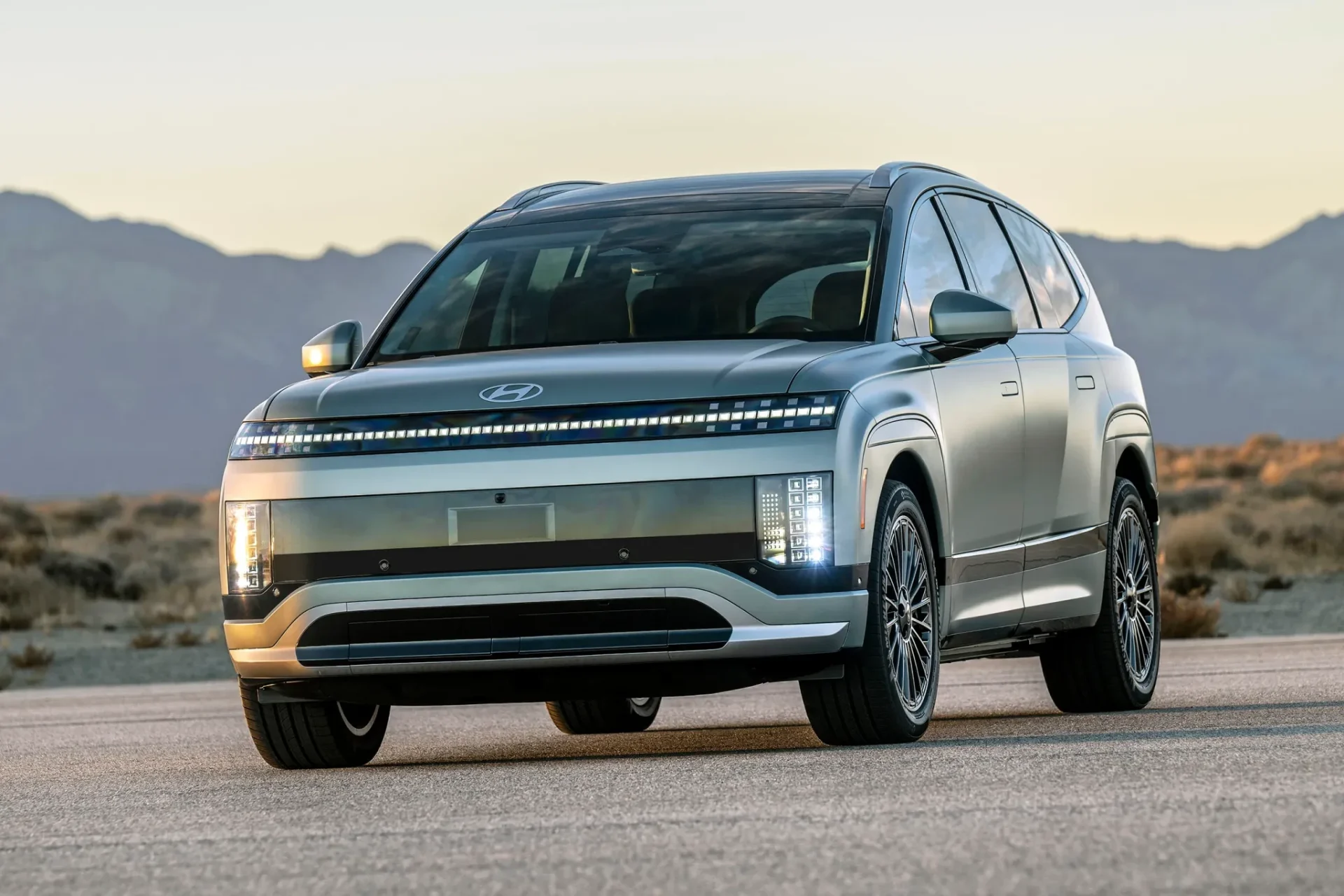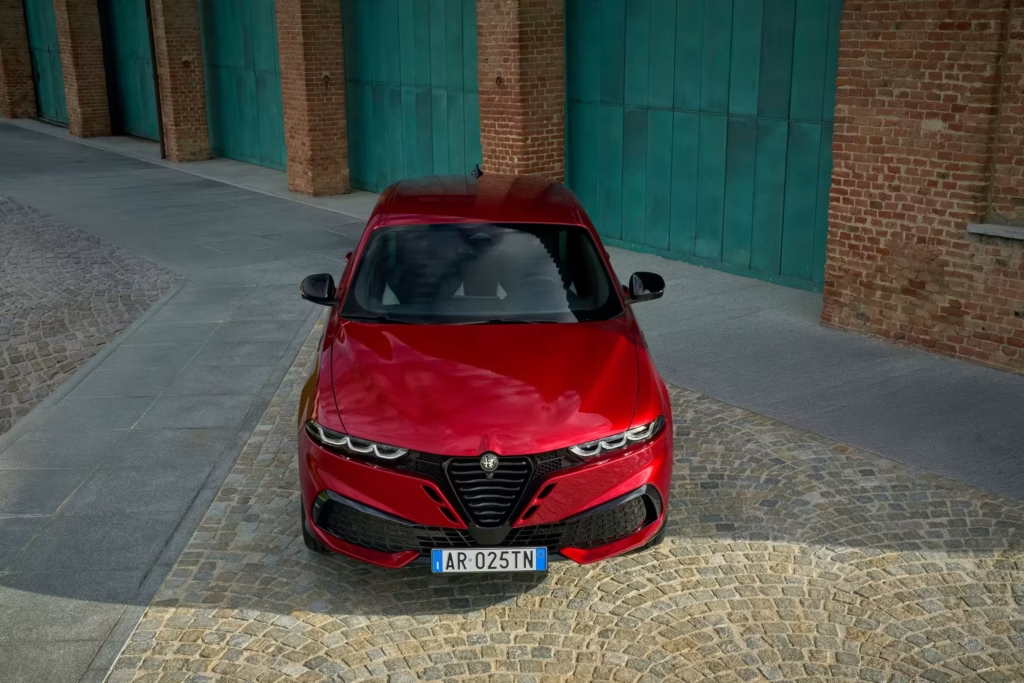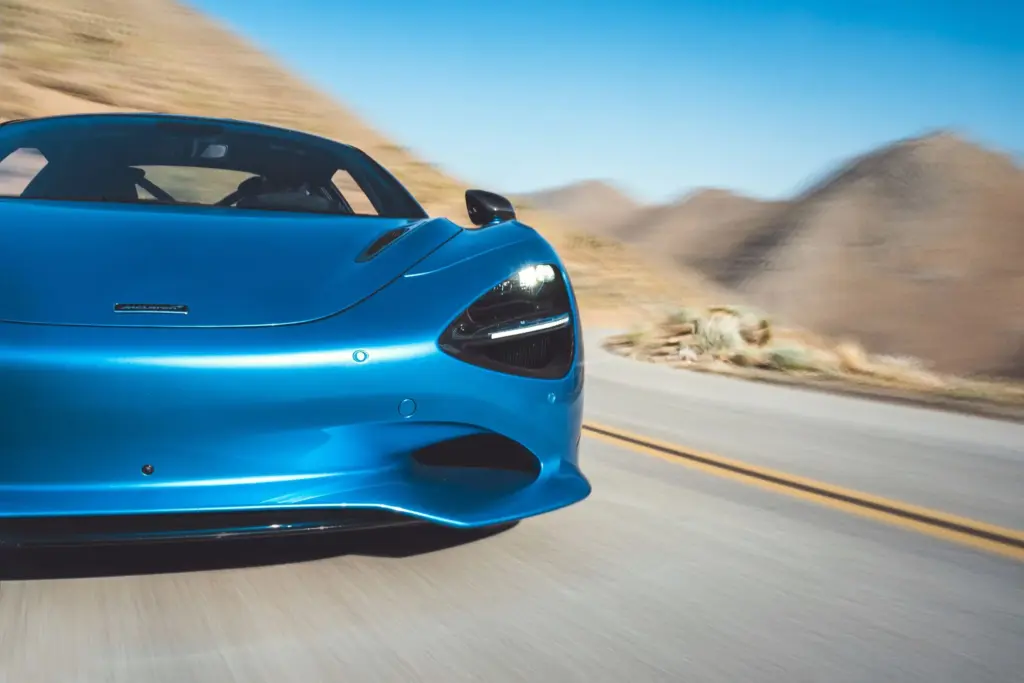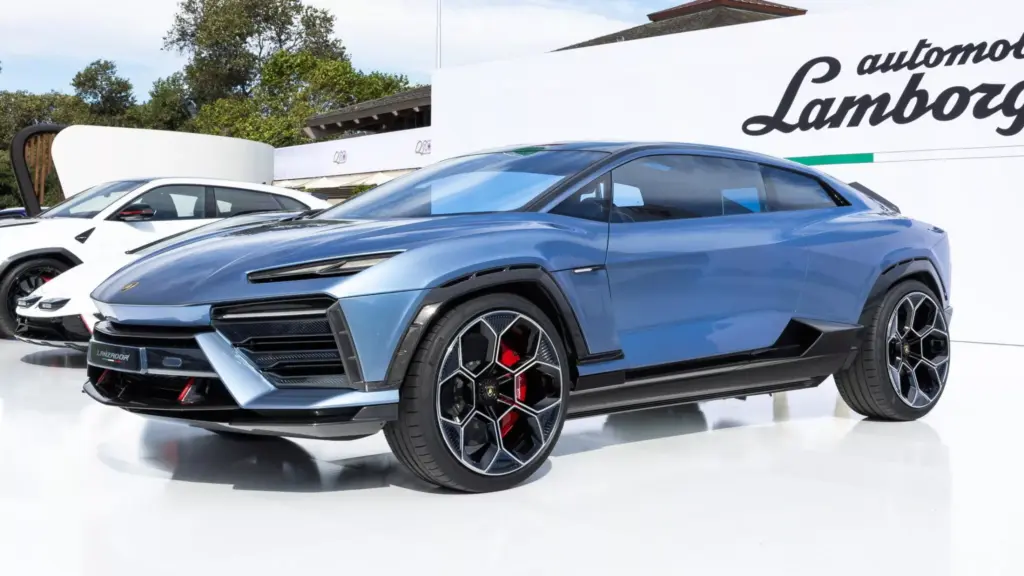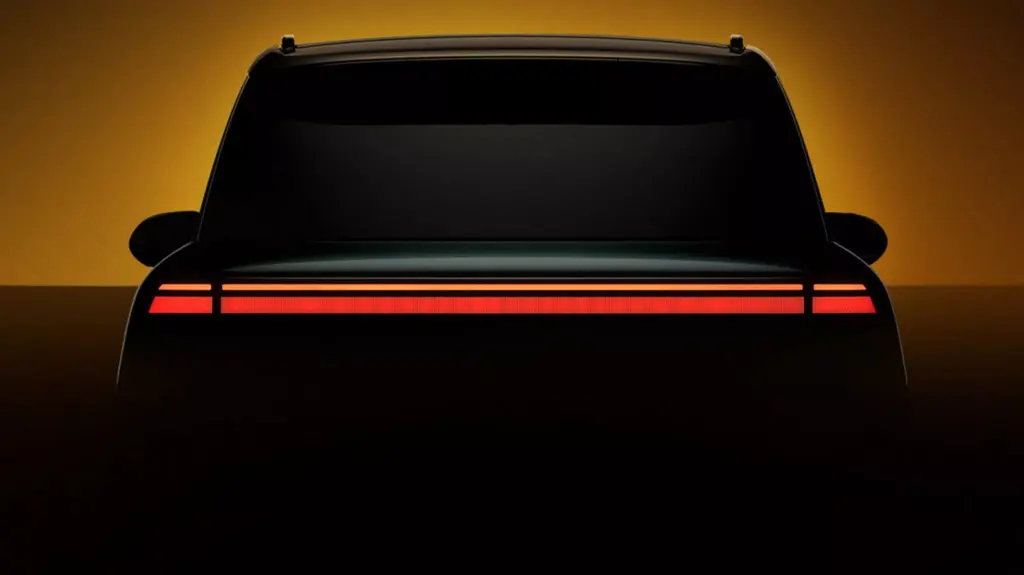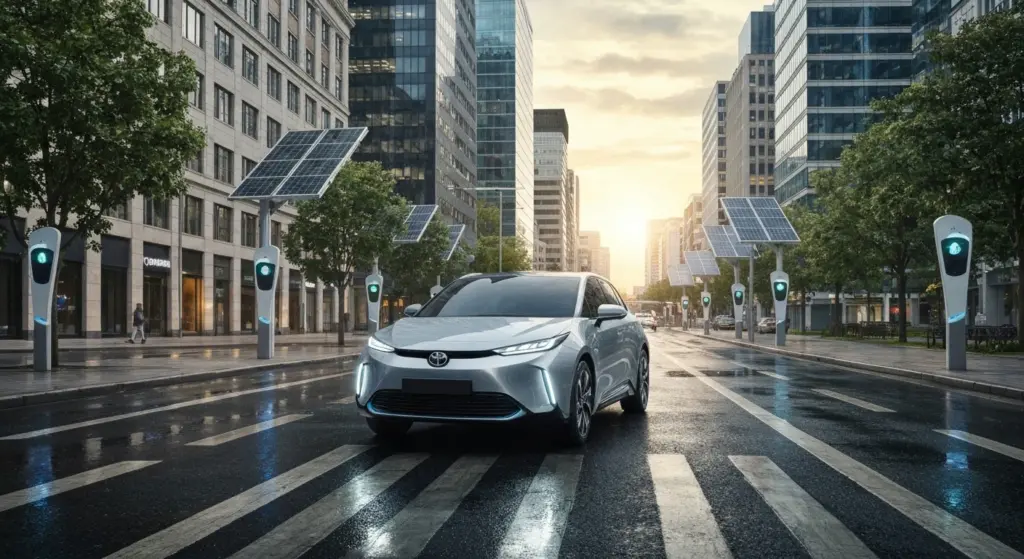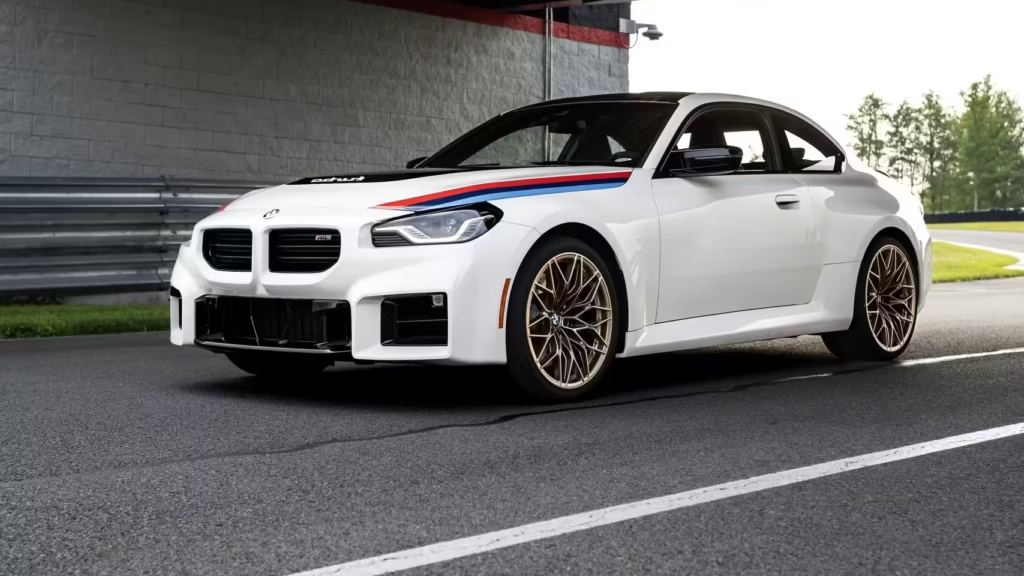The electric SUV market is heating up, and Hyundai has come to add more fuel to the fire with the highly anticipated Ioniq 9! I must confess I was eager to dive into the details of this electric giant, especially since it’s the first Hyundai fully manufactured in the U.S. Let’s explore its specs, pricing across different regions, and what’s new.
Overview: Hyundai’s Electric Giant
Positioned as a premium three-row electric SUV offering 6- or 7-passenger configurations, the Ioniq 9 promises plenty of space and cutting-edge technology. It’s built on Hyundai’s robust E-GMP platform, which combines aluminum and advanced steel to ensure safety and performance—a foundation known for supporting other electric models within the group.
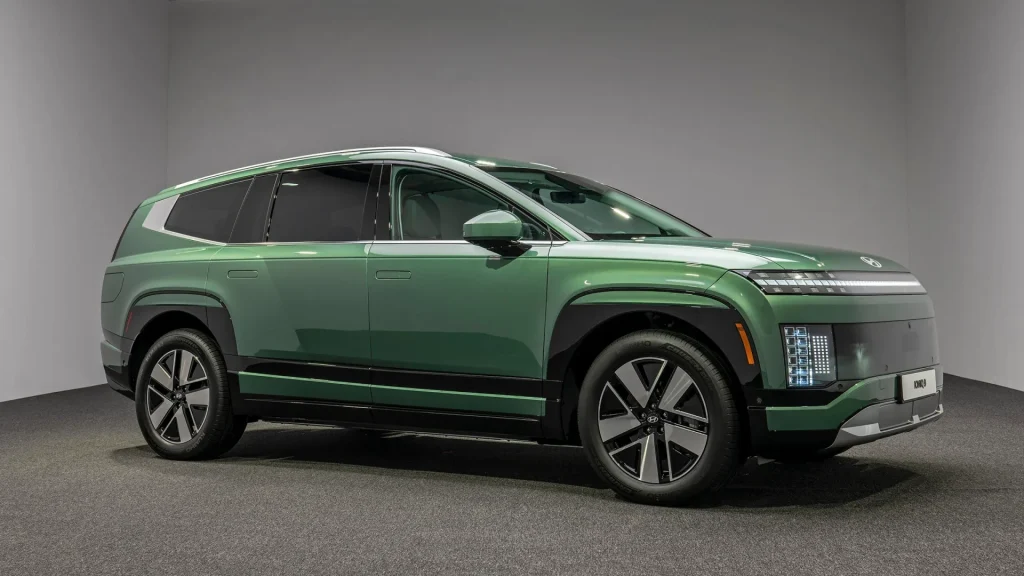
With generous dimensions (199.4 in length, 77.9 in width, and 70.5 in height) and a 123.2 in wheelbase, interior space is one of its major strengths. The 110.3 kWh (NMC) battery powers the setup, promising strong range. And what about charging? Thanks to its 800V architecture, it goes from 10% to 80% in about 24 minutes using a 350 kW ultra-fast charger, according to the Chinese portal d1ev.com. Aerodynamics have also been carefully refined, resulting in a drag coefficient (Cd) of 0.259, optimized with solutions like an aerodynamic “dual flapper.”
Versions and Global Pricing: How Much Does the Ioniq 9 Cost?
Understanding the pricing structure and trim levels of the Ioniq 9 in different markets is crucial. I’ve prepared a table compiling the information available so far for the United States, China, Europe (which serves as a base for Japan), and initial estimates for Brazil. It’s important to note that prices outside the U.S. are often direct conversions or estimates based on European price ranges, since the global launch is still underway.
Comparative Table of Prices and Versions
| Trim | Power (hp) | U.S. Price (USD) | EUR/JPY Price (€)* | BRL Price (Brazil)* |
|---|---|---|---|---|
| S (RWD) | 215 | $58,955 | ≈ €55,000 | ≈ R$ 389,900 |
| SE (AWD) | 320 | $62,765 | ≈ €58,000 | – |
| SEL (AWD) | 320 | $66,320 | ≈ €62,000 | ≈ R$ 439,900 |
| Performance Limited (AWD) | 422 | $71,250 | ≈ €68,000 | – |
| Performance Calligraphy (AWD) | 422 | $74,990 | ≈ €74,000 | ≈ R$ 499,900 |
| Calligraphy Design (AWD) | 422 | $76,490 | ≈ €80,000 | – |
*Prices for Europe/Japan and Brazil are estimates based on unofficial sources or direct conversions and may vary significantly on official launch. Sources include Carscoops (USA), City Magazine (Europe/Japan) and Mercado Livre blog (Brazil).
As we can see, the lineup is broad, starting with a rear-wheel-drive (RWD) version and going up to various all-wheel-drive (AWD) options with different trim levels and power outputs, reaching an impressive 422 hp in the Performance trims. U.S. prices place it firmly in the premium segment, competing directly with other large electric SUVs.
Cutting-Edge Technologies: What Makes the Ioniq 9 Special?
Hyundai spared no expense on technology in the Ioniq 9. It arrives packed with innovative features that aim to differentiate it in the market. From convenient charging solutions to acoustic comfort, there’s much to highlight.
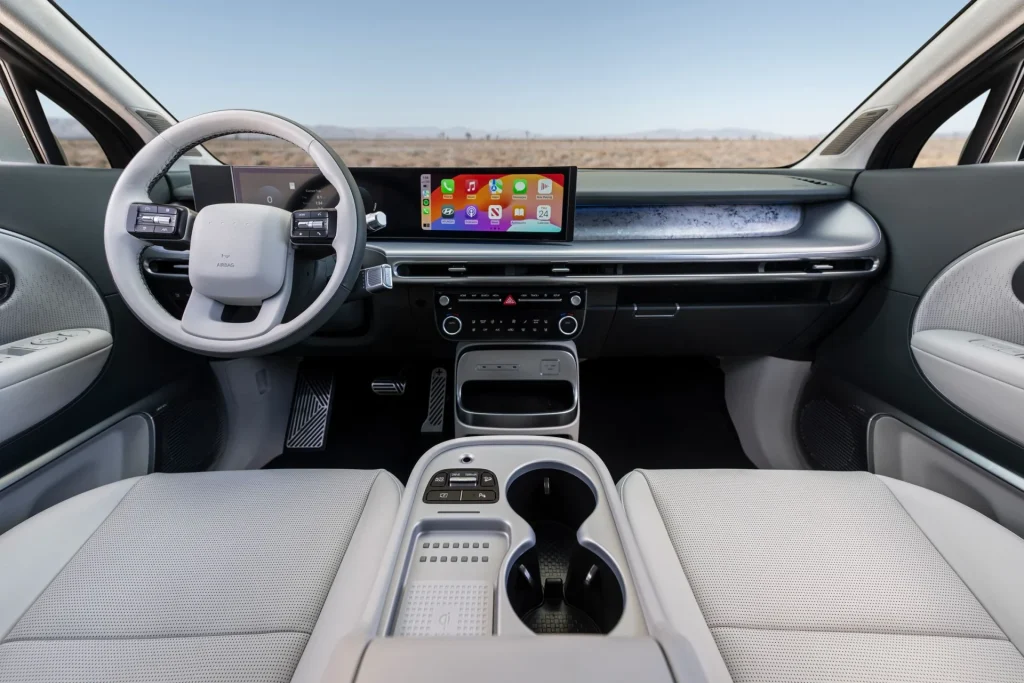
Notable Innovations
- Native NACS charging port + CCS adapter
- Sliding “Universal Island 2.0” center console
- First Hyundai 100% made in the U.S. (eligible for U.S. tax credits)
- Active acoustic insulation with double glazing
- Ultra-fast charging (10-80% in ~24 minutes)
The inclusion of the NACS port (Tesla’s standard) natively is a smart move, ensuring easy access to Tesla’s extensive Supercharger network in the U.S., as well as compatibility with CCS stations via an adapter, as noted by The Truth About Cars. The sliding “Universal Island 2.0” center console increases interior flexibility, allowing configurations for greater comfort or practicality—a feature praised by GQ Japan. Additionally, the focus on in-cabin silence with active acoustic insulation promises quieter rides.
Comparison: Ioniq 9 vs. Competitors and Predecessor
No car exists in a vacuum, and the Ioniq 9 enters a fiercely competitive segment. Comparing it with its direct rivals and understanding its evolution from Hyundai’s earlier concepts helps position it better.
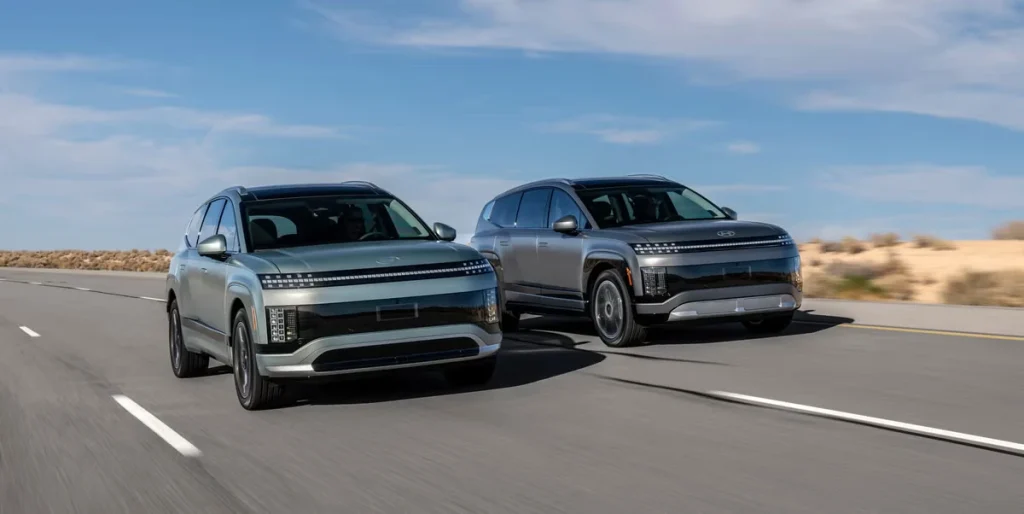
Ioniq 9 vs. Direct Competitors
| Model | Estimated Range (EPA/WLTP) | Approx. Starting Price (USD) |
|---|---|---|
| Hyundai Ioniq 9 (RWD) | 335 mi / 540 km | $58,955 |
| Kia EV9 (RWD Long Range) | 304 mi (EPA) | $54,900 (Light Long Range) |
| Cadillac Vistiq (AWD) | ~300 mi (Estimated) | ~$79,000 (Estimated) |
| Rivian R1S (Std Pack AWD) | 270 mi (EPA) | $75,900 |
Compared to its “platform sibling” the Kia EV9, the Ioniq 9 offers slightly more range in the base version and native NACS charging, but costs a bit more. Against the luxurious Cadillac Vistiq and the adventurous Rivian R1S, the Ioniq 9 seems to focus more on embedded technology and family comfort at a more competitive starting price, though its top trims approach those rivals. It also represents a significant leap over the Ioniq 7 concept, with more space, a larger battery, and faster charging.
Pros and Cons: Is the Ioniq 9 Worth the Wait?
Every launch has its strengths and weaknesses. Analyzing the pros and cons of the Ioniq 9 helps provide a balanced view of what to expect from this electric SUV.
Advantages and Disadvantages Analysis
| Positives | Points of Attention |
|---|---|
| + Excellent range and fast charging | – High price (Hyundai’s most expensive ever) |
| + Spacious, versatile, and tech-forward interior | – Strong competition (EV9, premium models) |
| + Native NACS compatibility (U.S.) | – Uncertain pricing in markets like Brazil/Japan |
| + Aerodynamic design and good acoustic insulation | – Weight and size may impact dynamics |
| + Powerful AWD versions available | – EV service networks still expanding |
The EPA range of up to 335 miles and ultra-fast charging are major draws, as is the interior that feels like a lounge. On the other hand, the pricing places it at a high tier, being the most expensive Hyundai ever launched, intensifying the fight against established competitors and its own “sibling,” the Kia EV9.
Pricing in Brazil and Japan: The Fog of Estimates
While U.S. prices have been announced, the situation in other important markets like Brazil and Japan remains uncertain. Available information is mostly speculative.
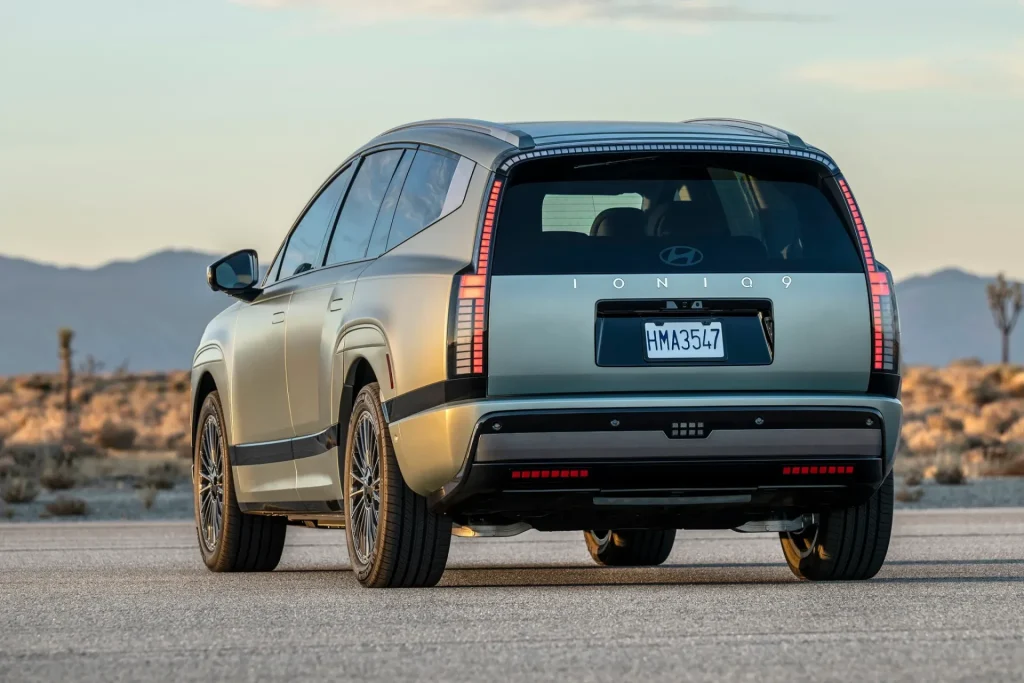
Price Situation (Estimates)
- Brazil: Unofficial announcements (e.g., Mercado Livre) suggest ranges from approximately R$ 389,900 to R$ 499,900, but Hyundai has not confirmed this. Other sources estimate between roughly R$ 290,000 and R$ 465,000 based on U.S. price conversions. There’s no official pricing table.
- Japan/Europe: Expectation is that prices will align with the European range, between €55,000 and €80,000, but official amounts depend on local importer announcements.
Frequently Asked Questions (FAQ) About the Hyundai Ioniq 9
Quick Answers
- What is the Ioniq 9’s range?
The entry-level RWD version has an estimated EPA range of 335 miles (about 540 km WLTP). AWD versions have slightly lower range—around 311-320 miles EPA. - How long does it take to charge the Ioniq 9?
With a 350 kW ultra-fast DC charger, the battery charges from 10% to 80% in approximately 24 minutes. - Does the Ioniq 9 have 7 seats?
Yes, the Ioniq 9 is a three-row SUV available in 6- or 7-seat configurations depending on trim and market. - What’s the difference between the Ioniq 9 and the Kia EV9?
Both use the E-GMP platform, but the Ioniq 9 features a distinct design, slightly more range in the base model, native NACS port (in the U.S.), and may be priced somewhat differently. Interior and some tech features also vary. - When will the Ioniq 9 arrive in Brazil?
There is no official launch date or confirmed pricing for Brazil yet. The vehicle has been spotted testing in the country, suggesting a debut in 2025 or 2026, pending Hyundai’s strategy.
All things considered, the Hyundai Ioniq 9 presents a very interesting proposition in the growing market for family electric SUVs. It combines a futuristic design with generous space, cutting-edge technology (especially fast charging and NACS connectivity), and competitive range. The biggest caveat is the price, which firmly positions it in the premium segment, and uncertainty about arrival and pricing in markets like Brazil. It will undoubtedly be a strong contender but faces stiff competition from established rivals and its own “sibling,” the EV9.
And you, what do you think about the Hyundai Ioniq 9? Do you believe it has the potential to make a strong impact in the premium electric SUV segment? Leave your comments below!

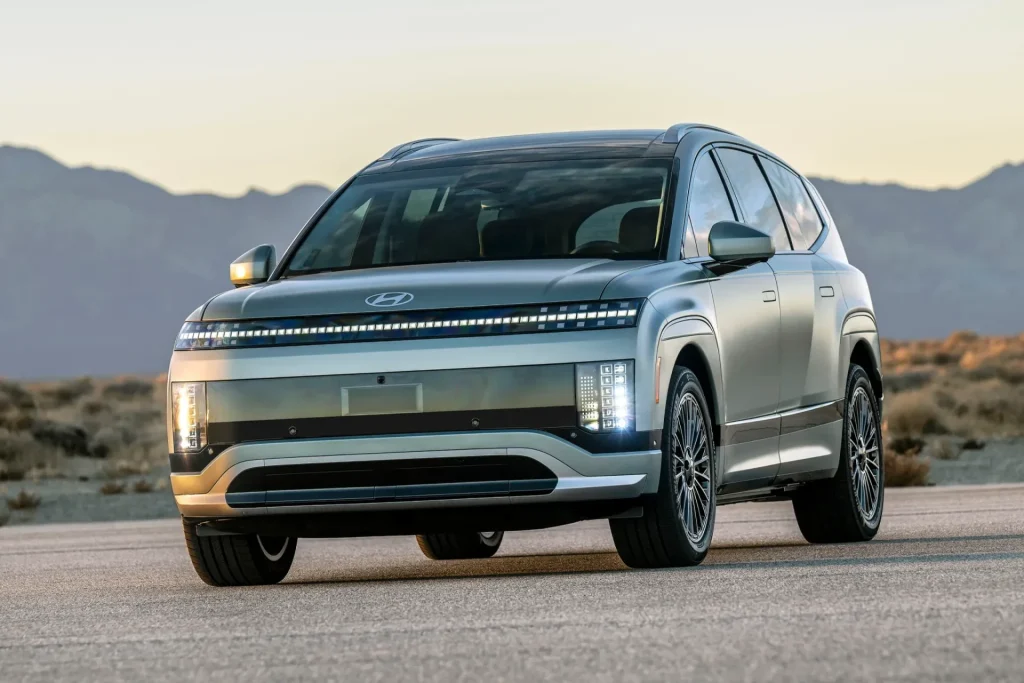
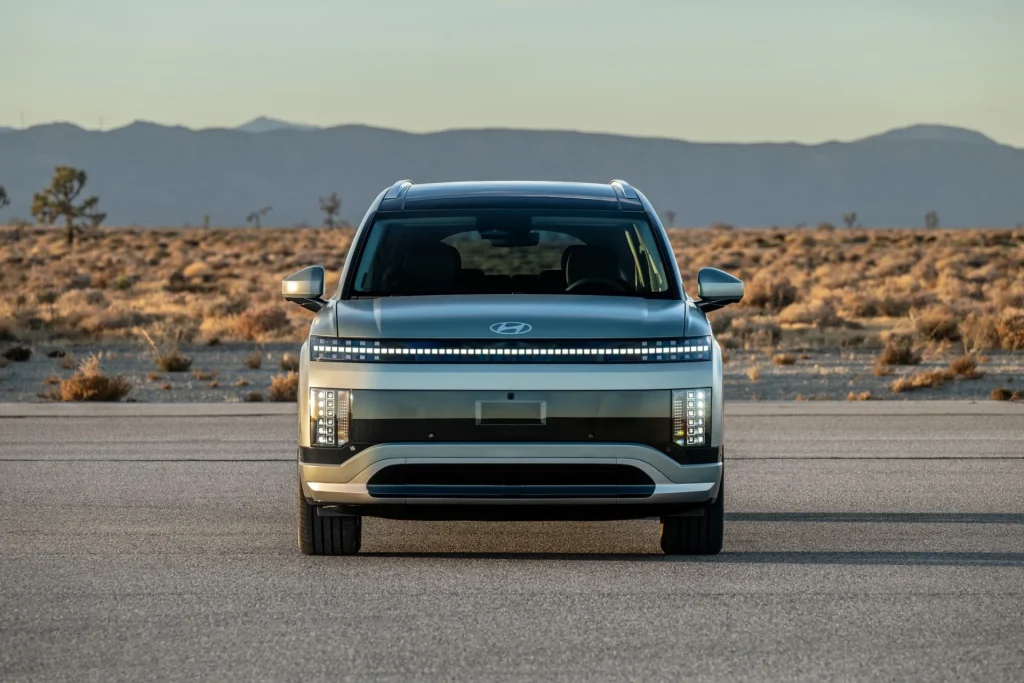
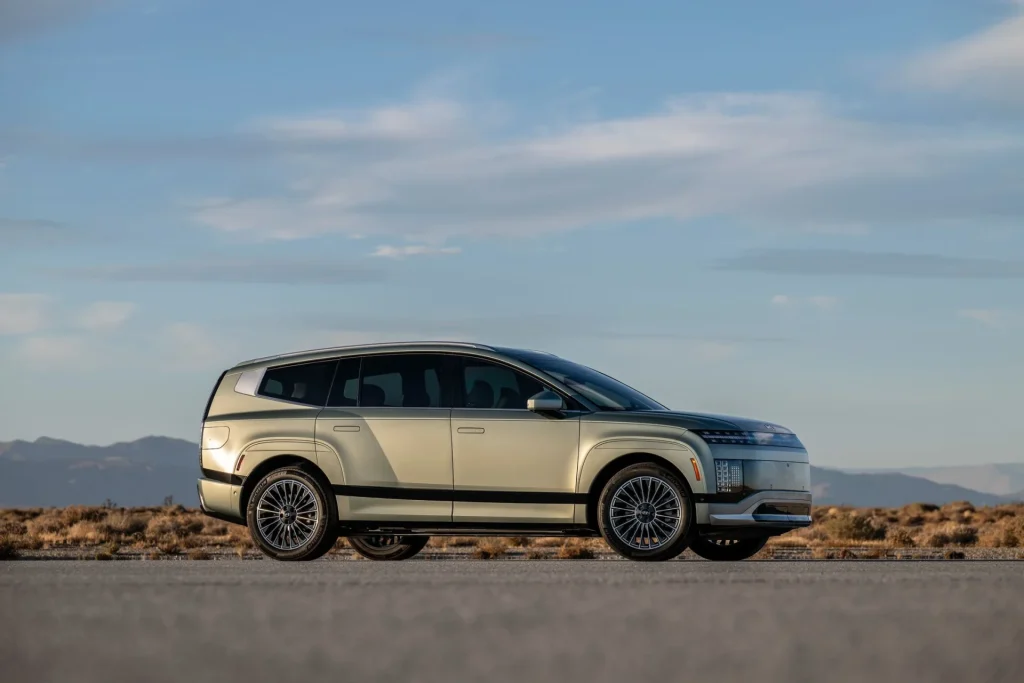
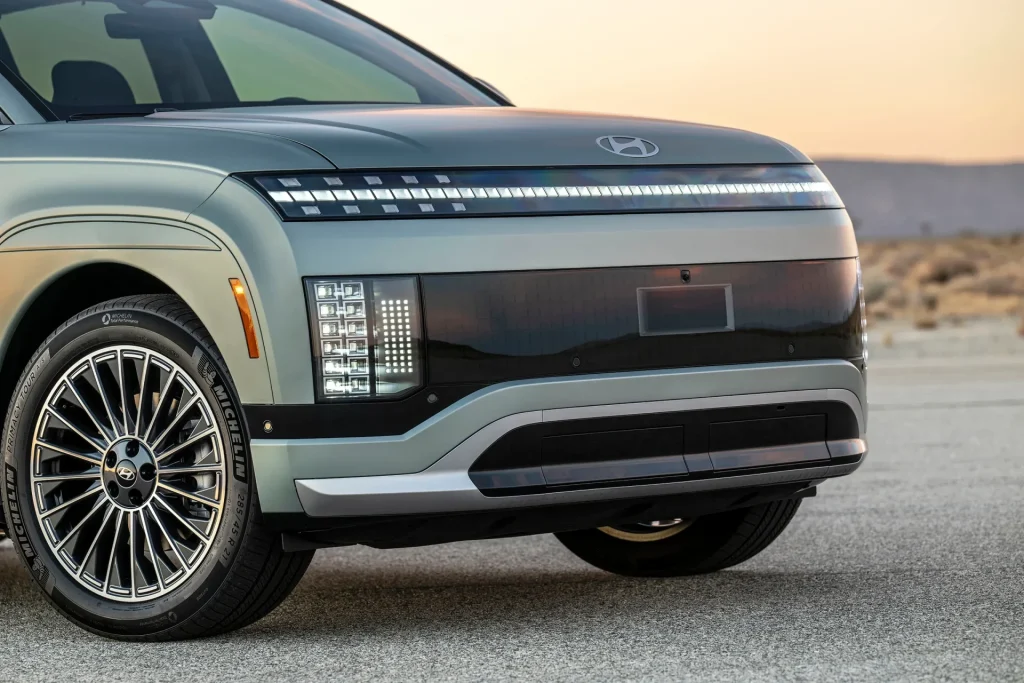
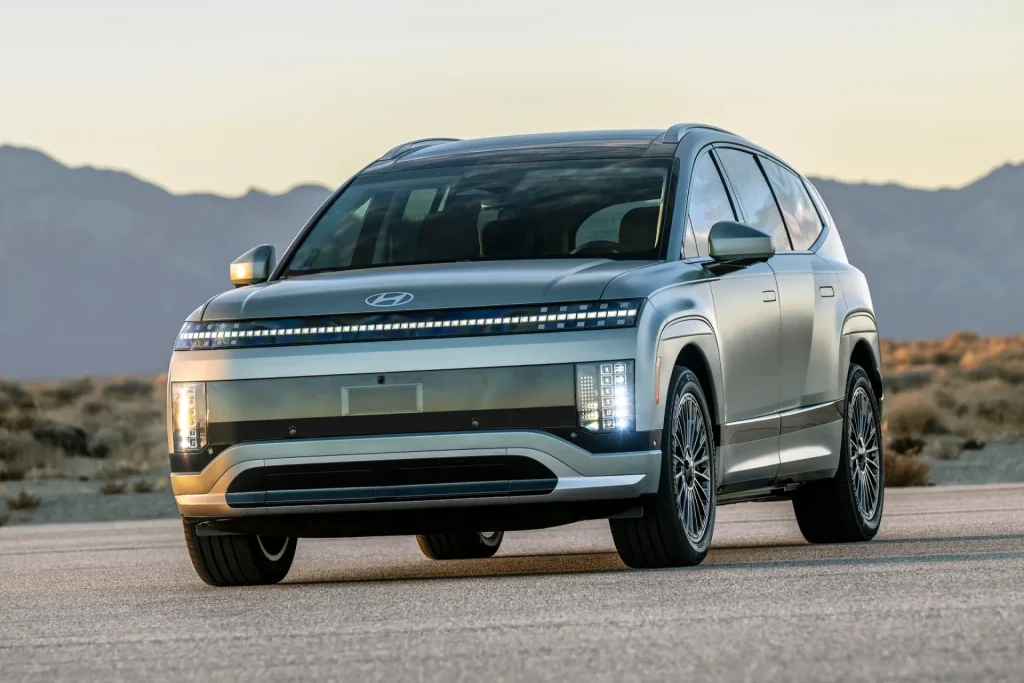
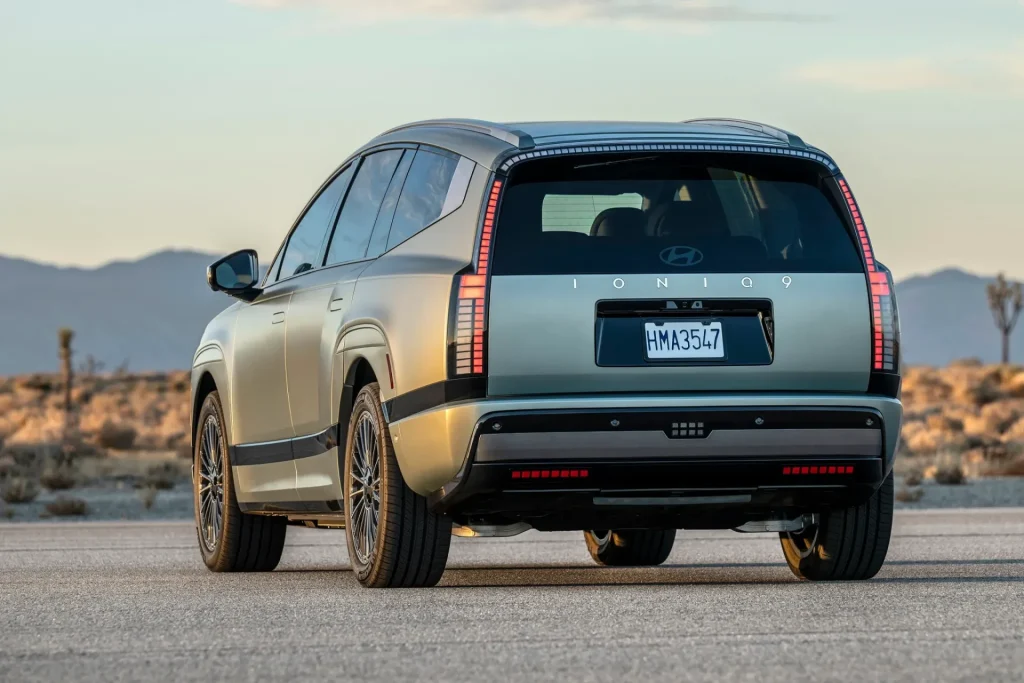
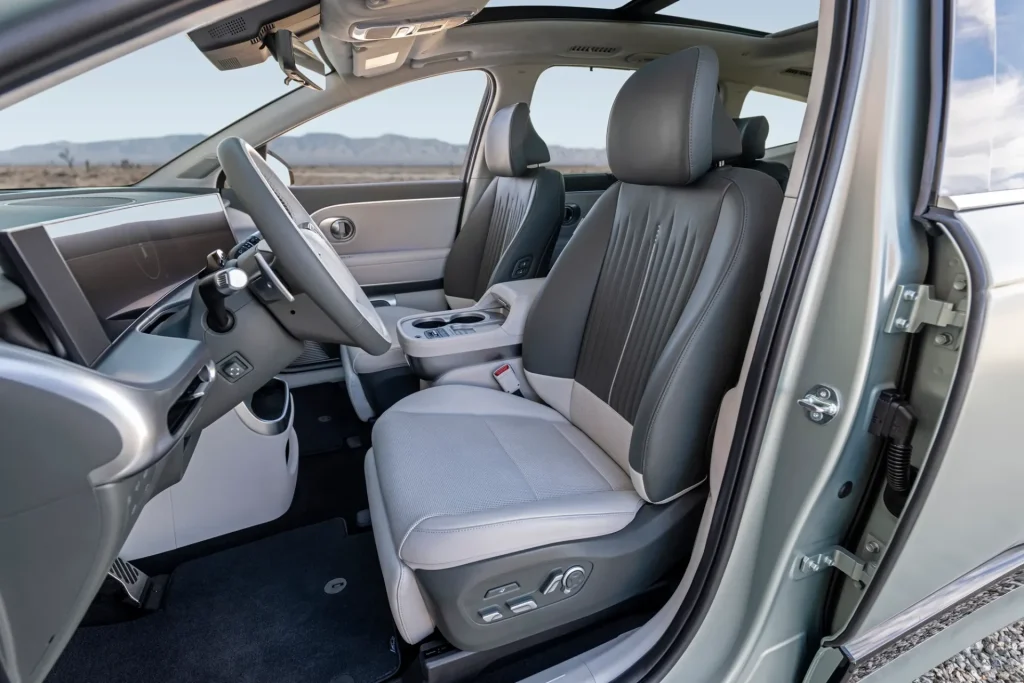
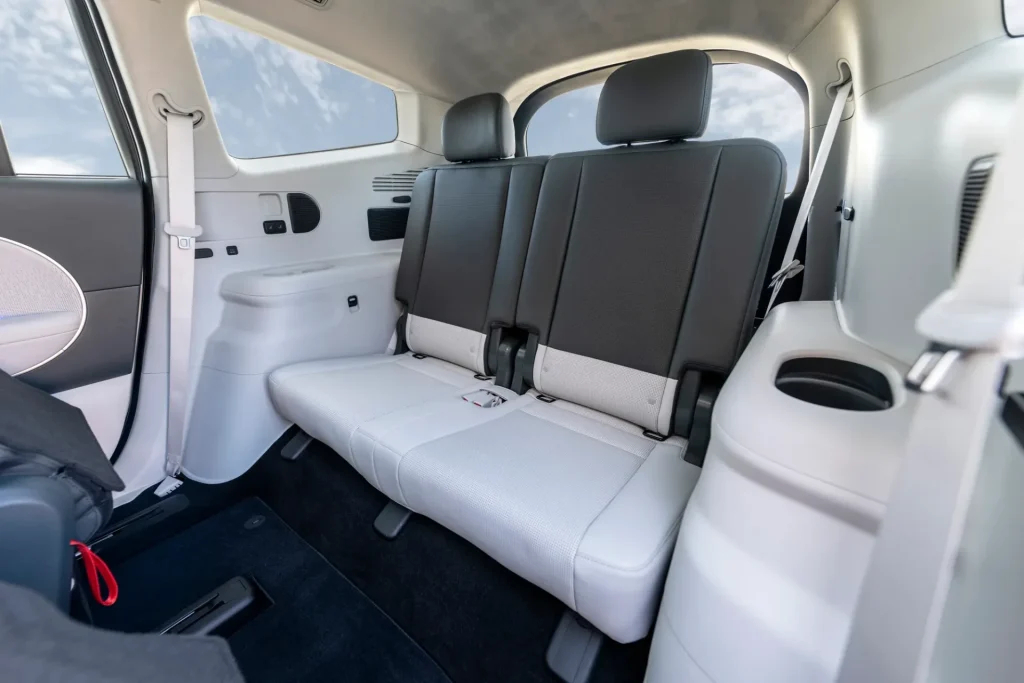
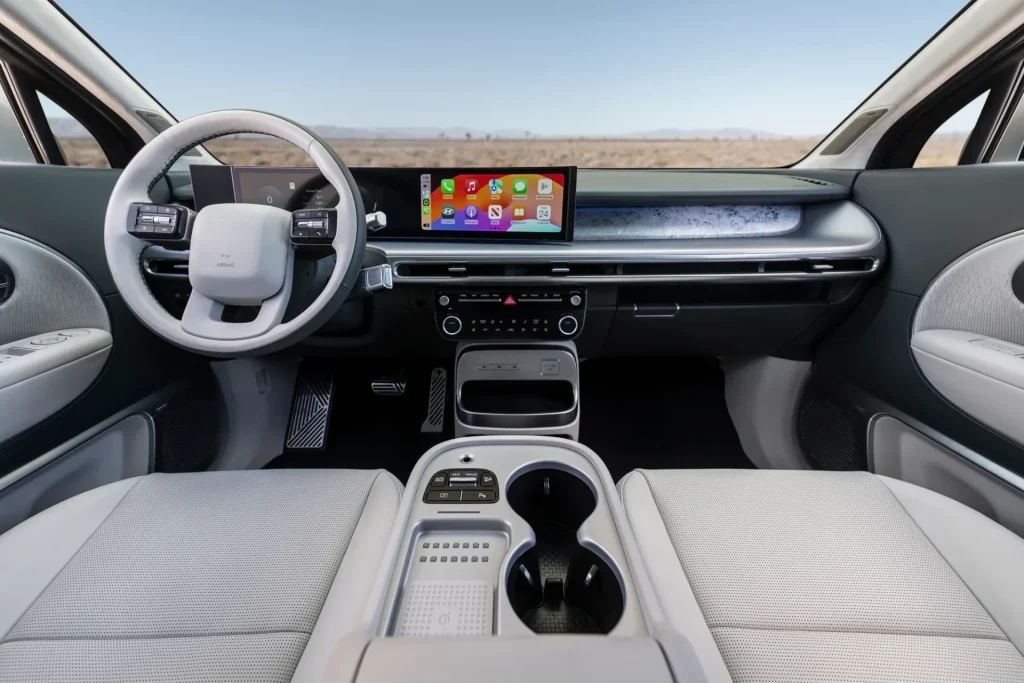
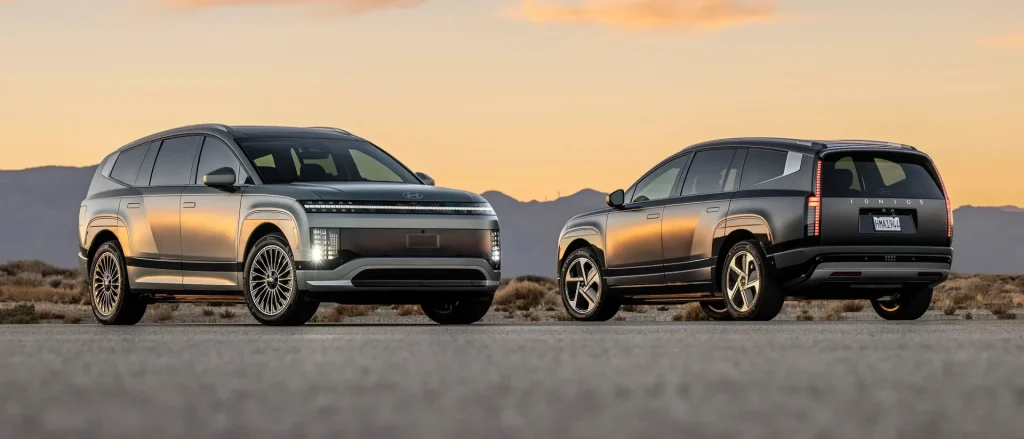

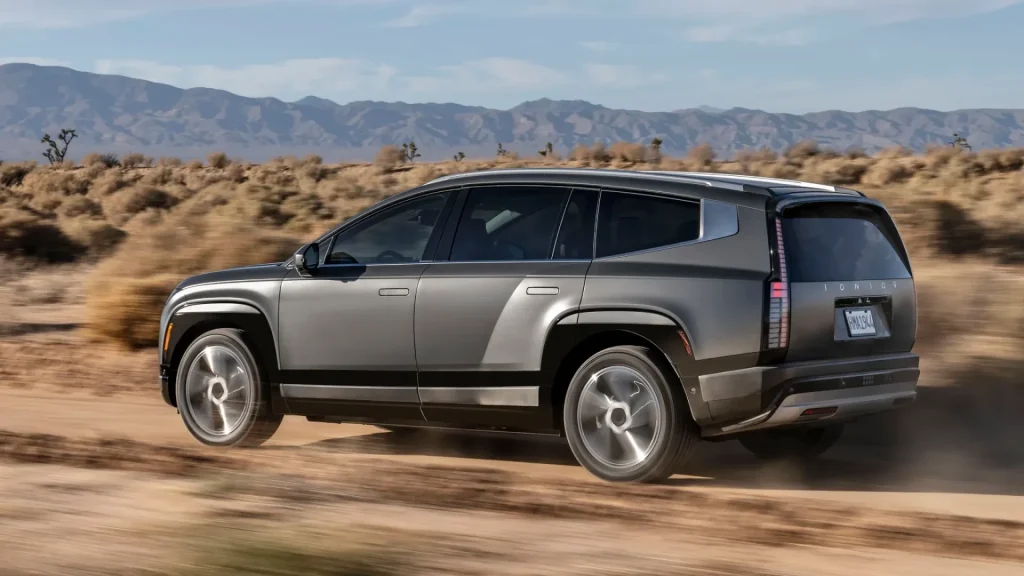
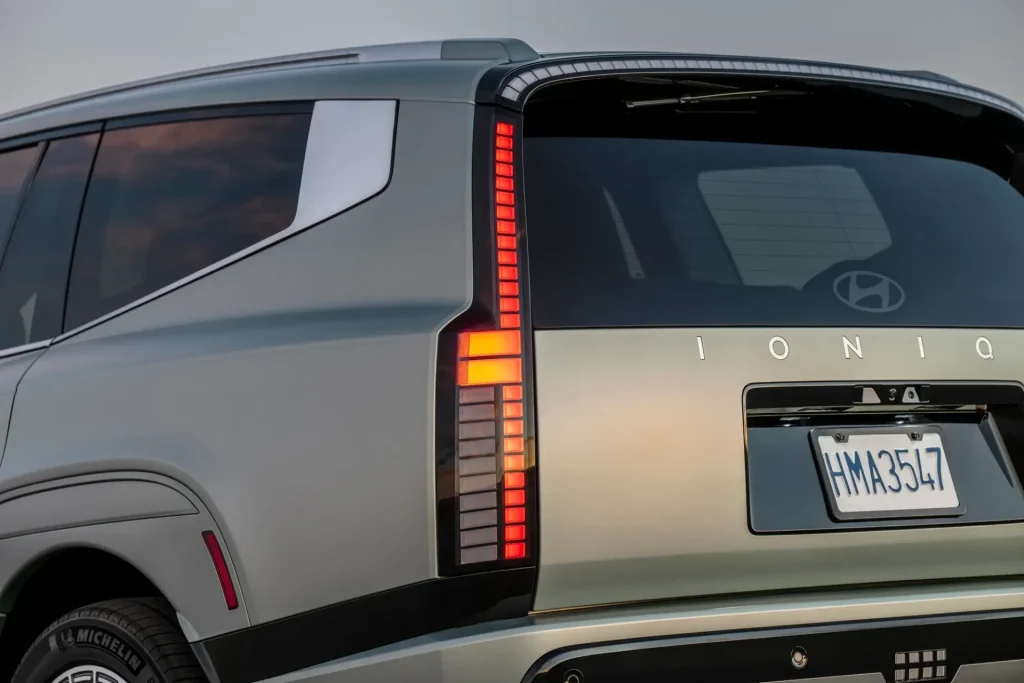
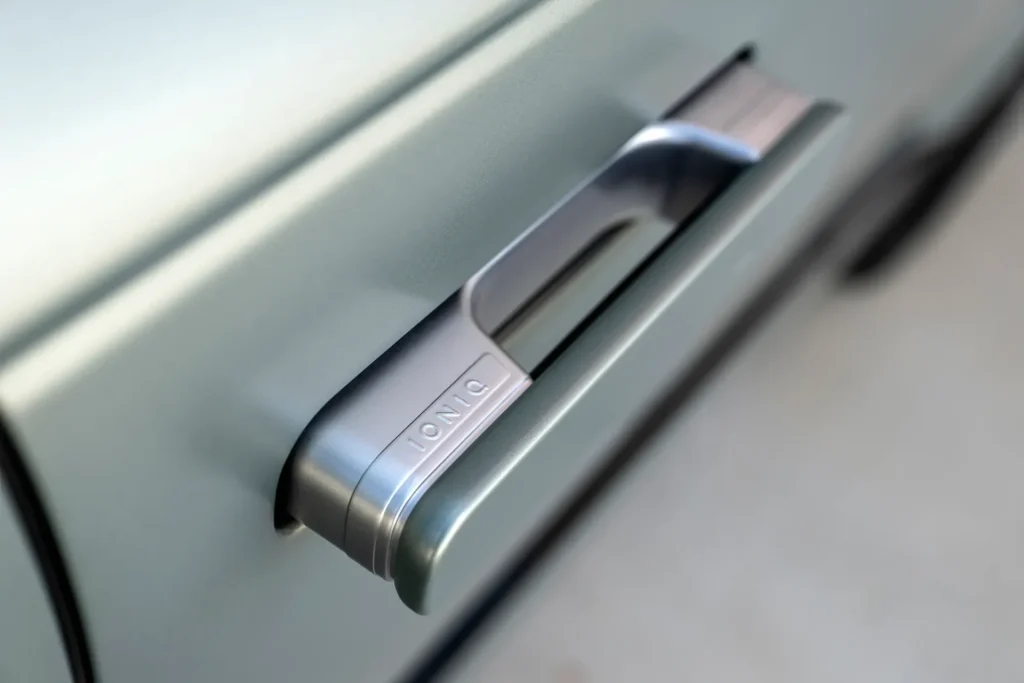
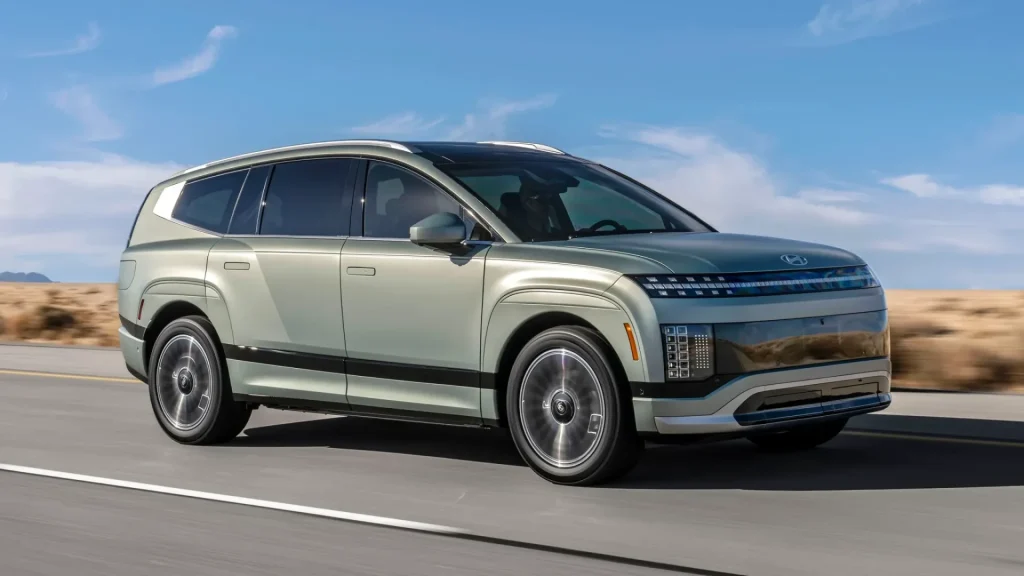

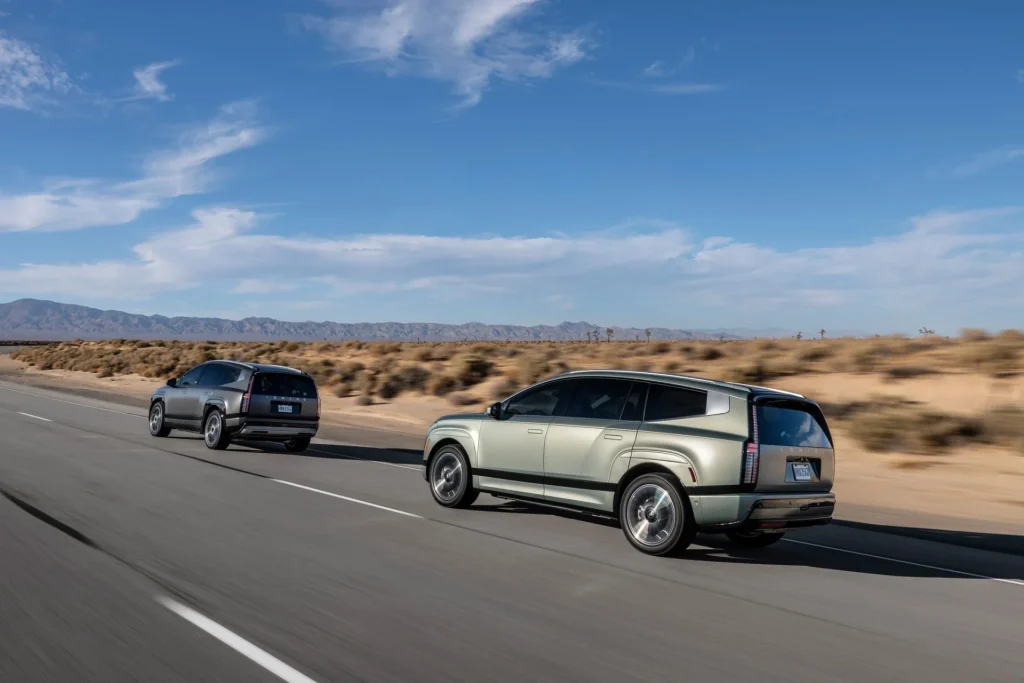
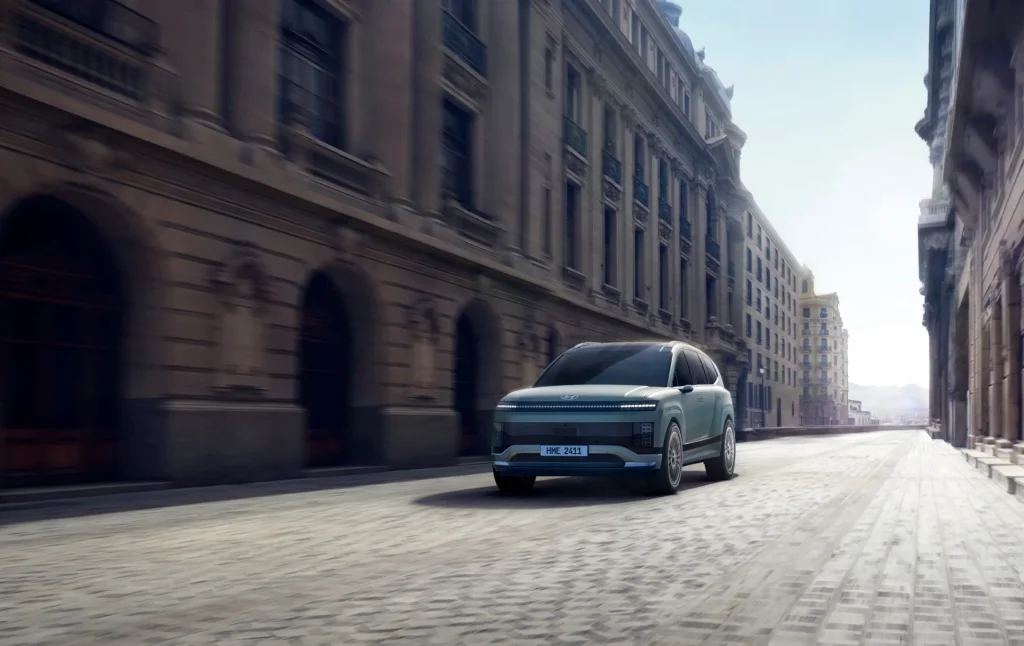
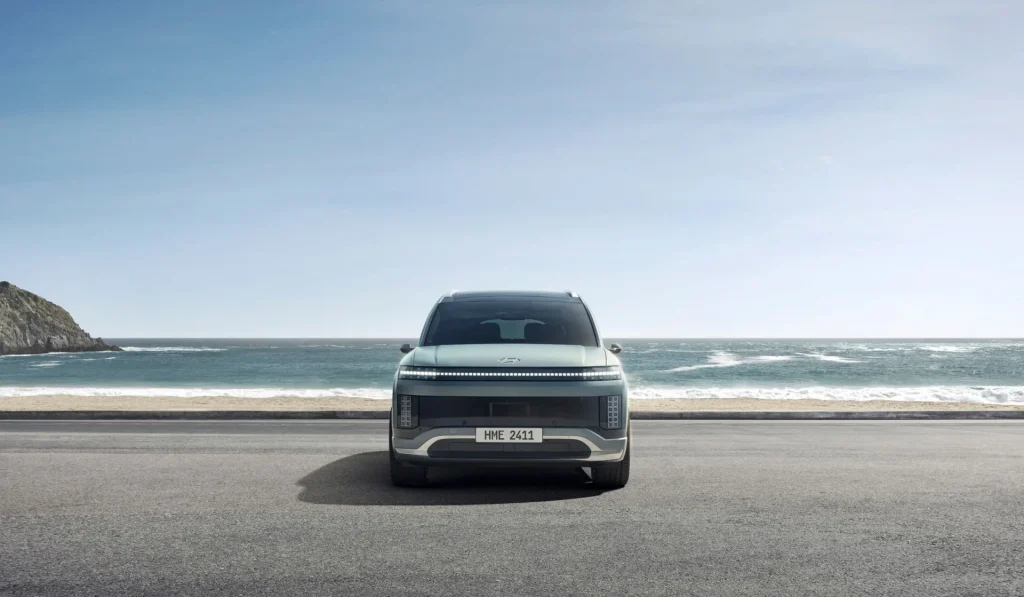
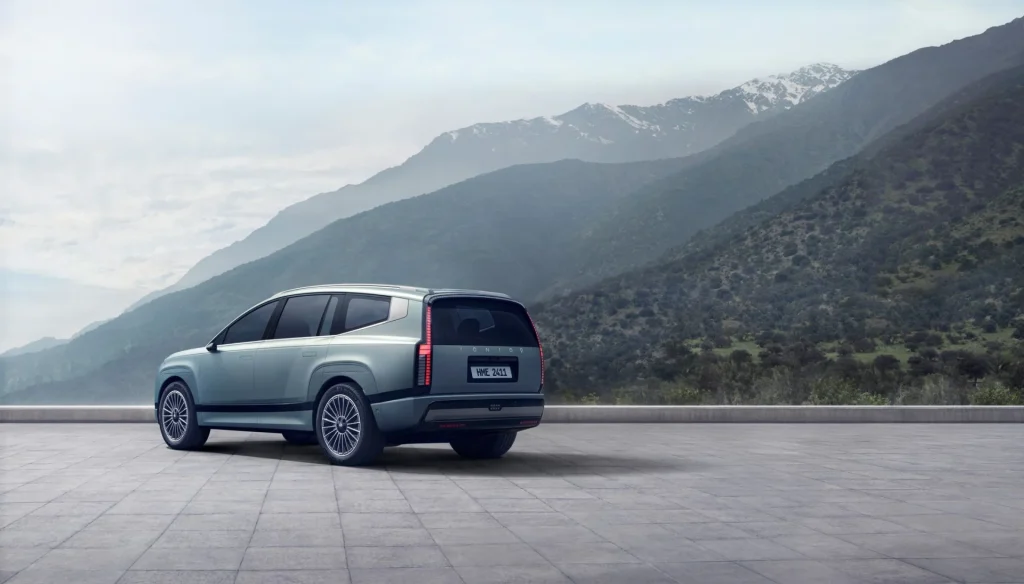
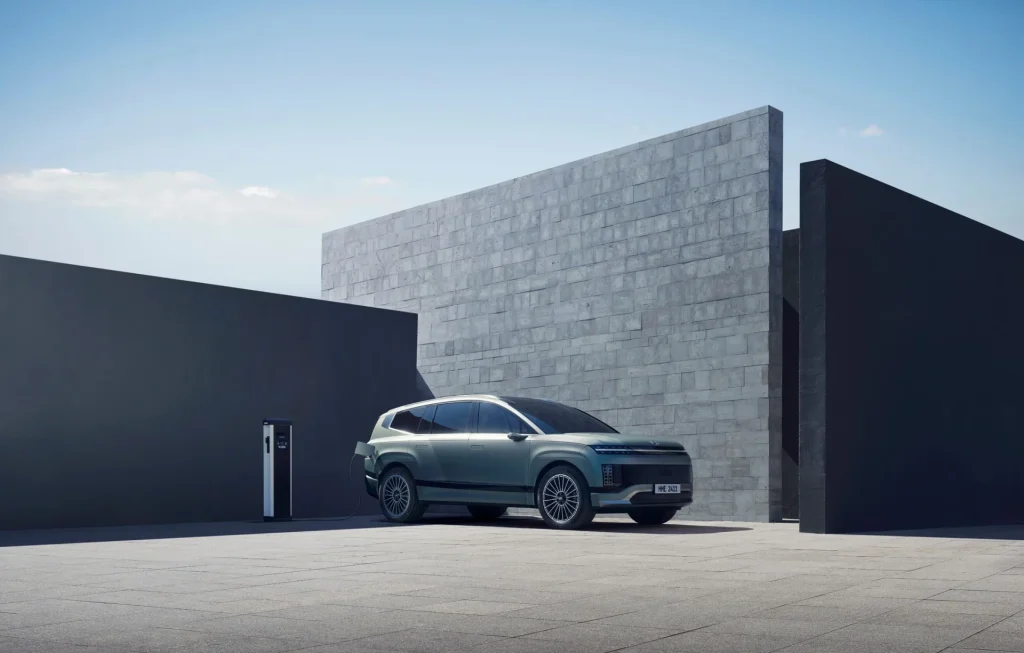
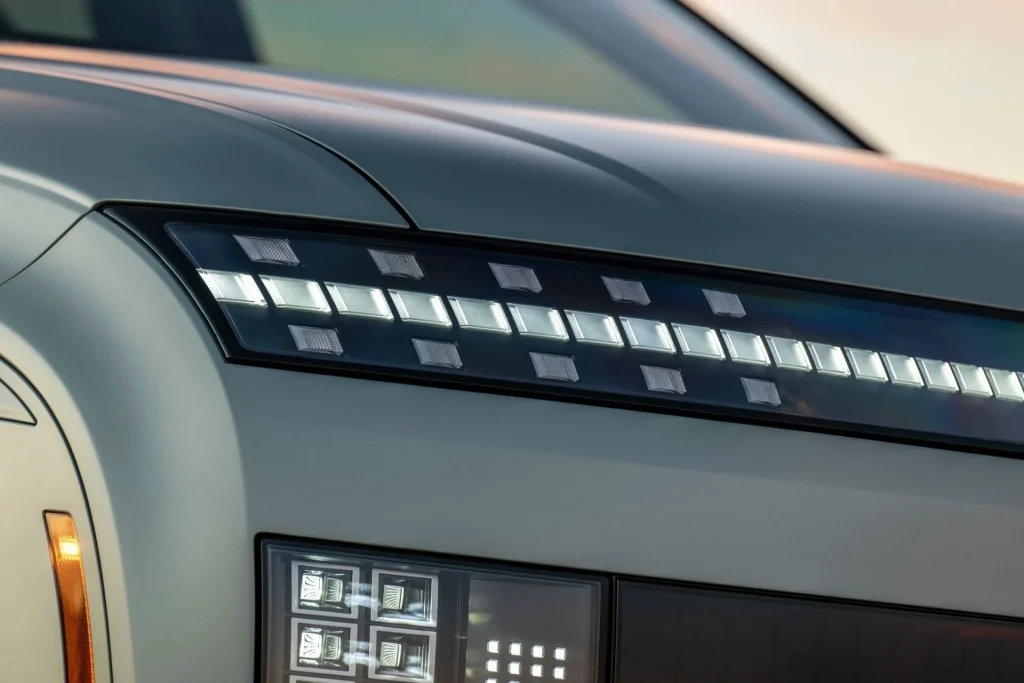
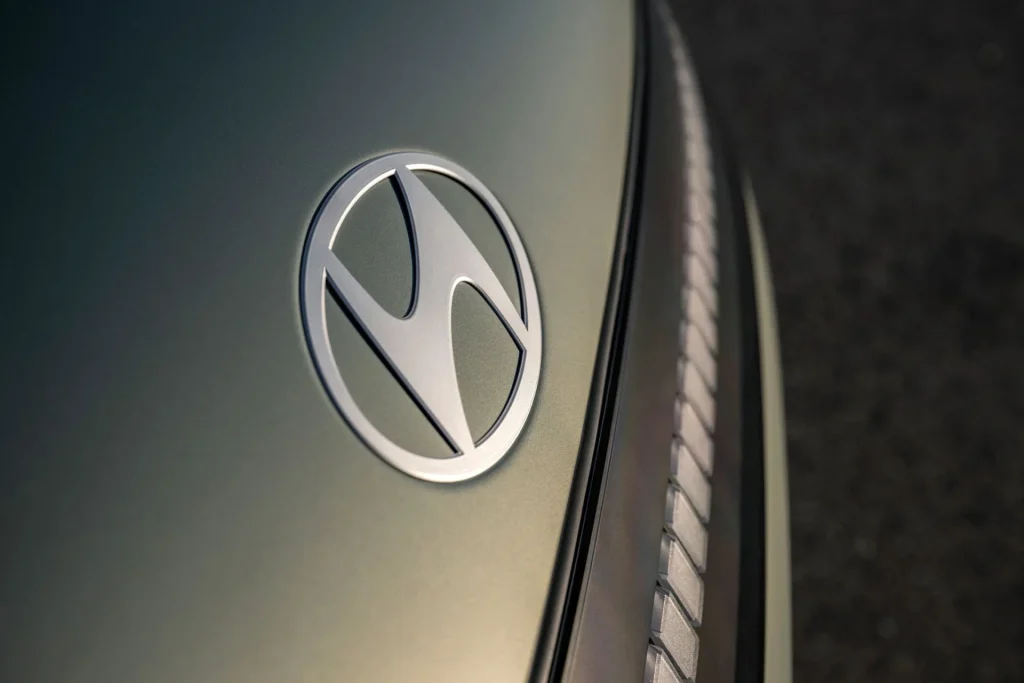
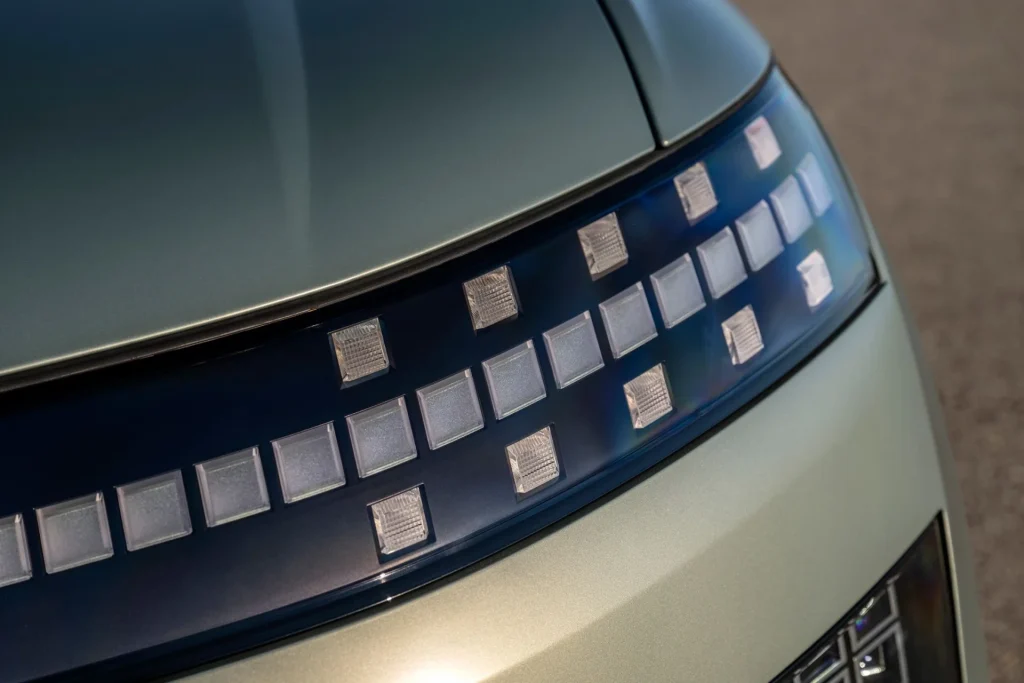
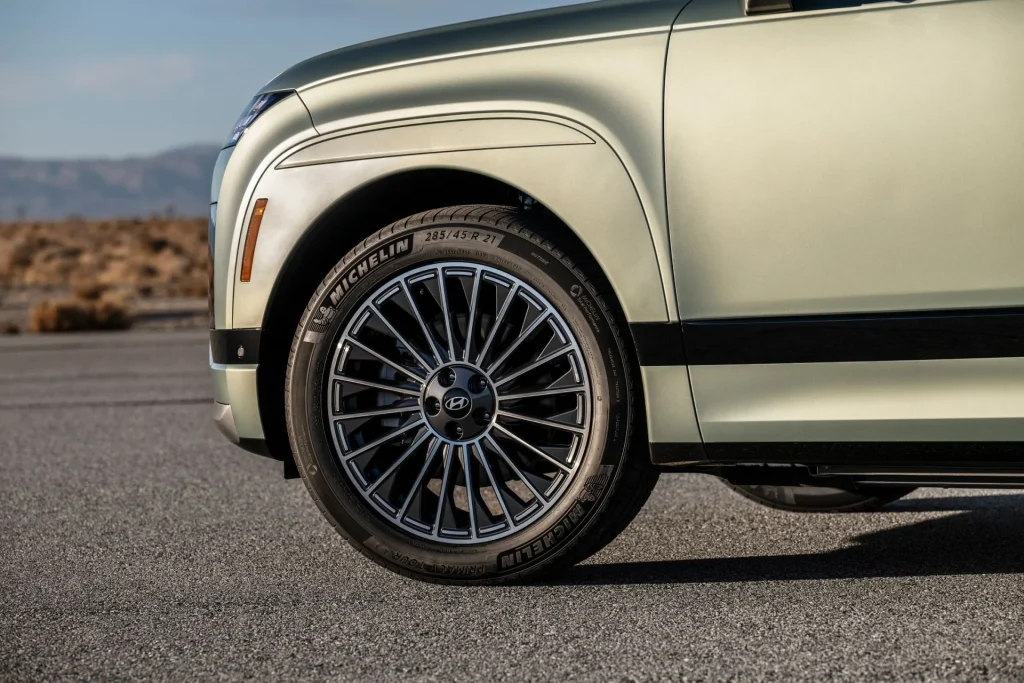
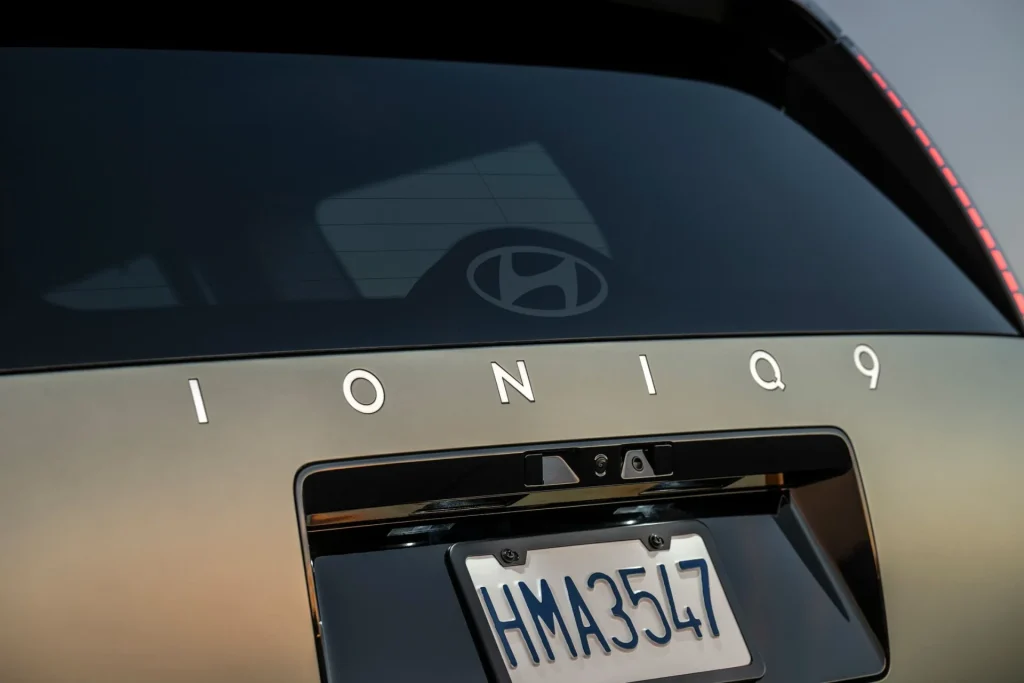
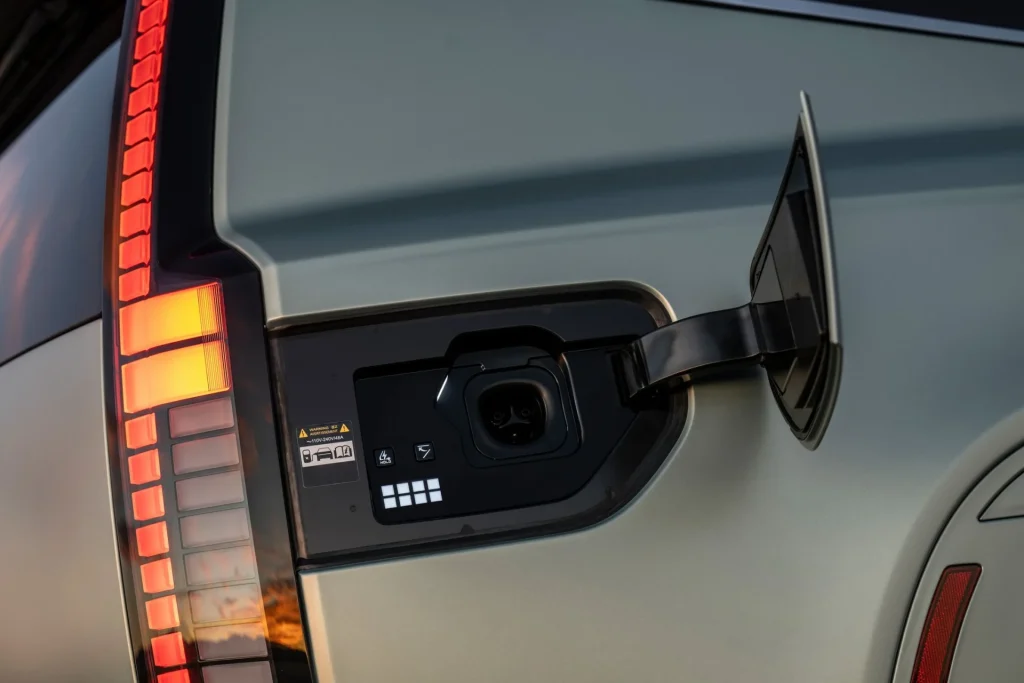
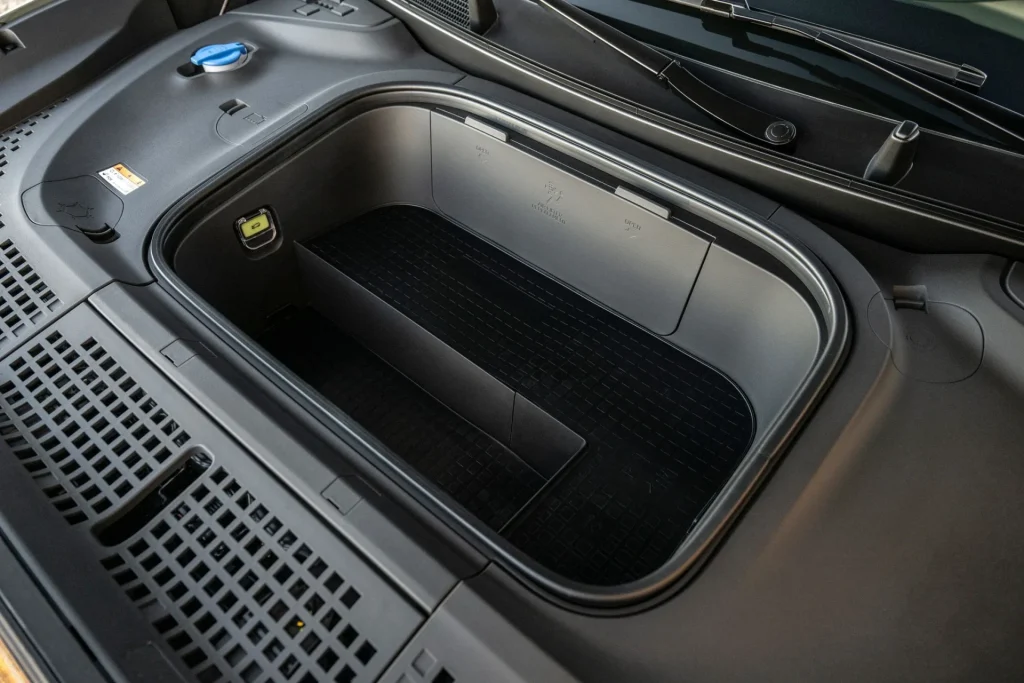
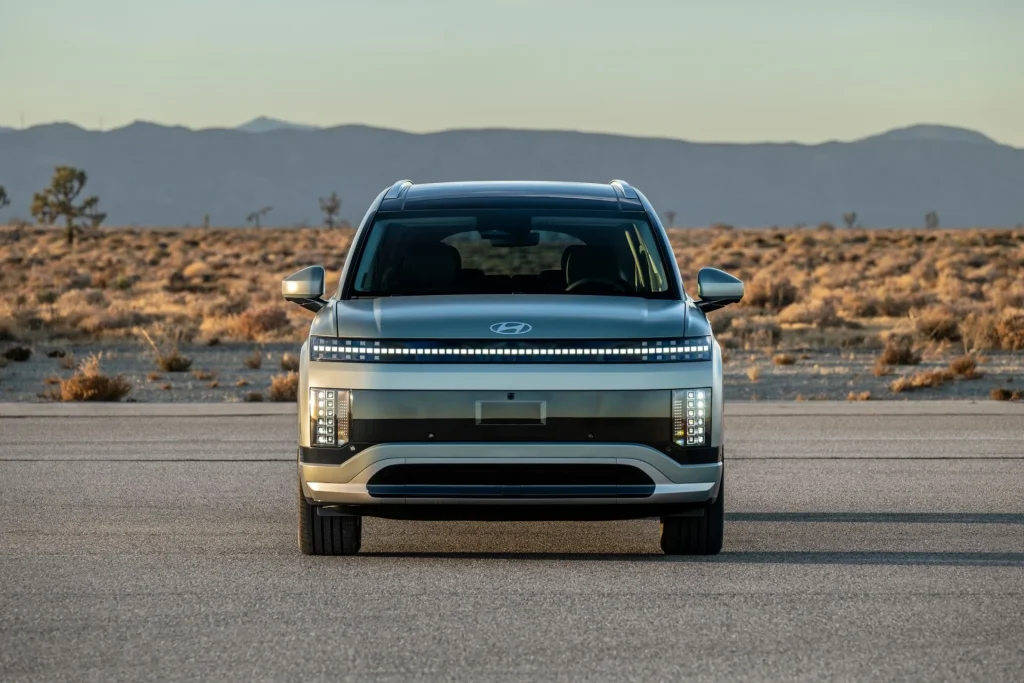

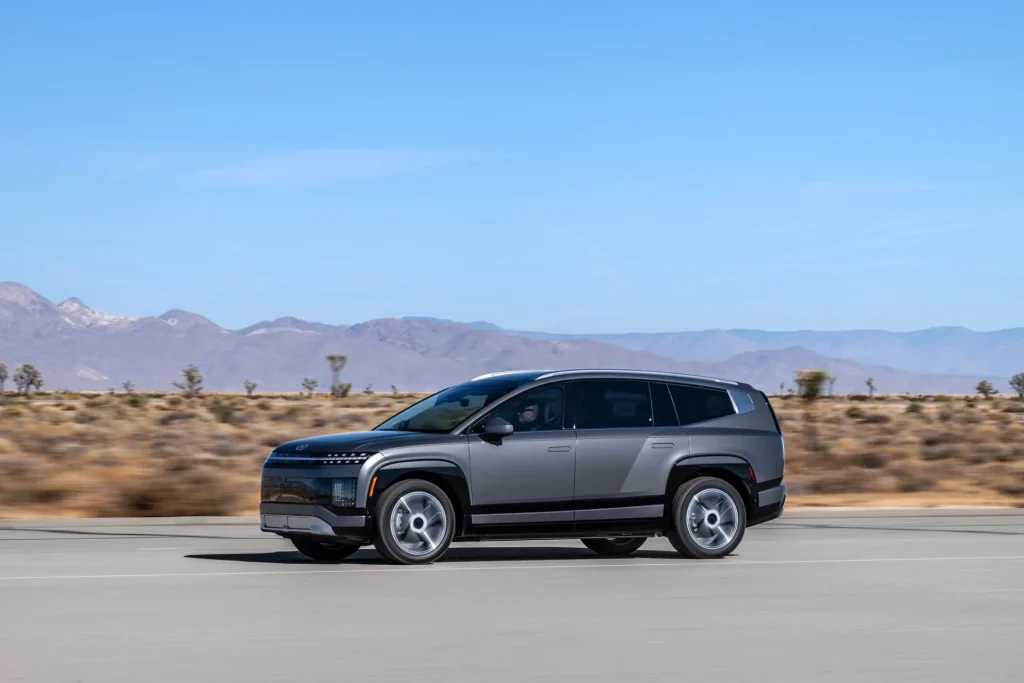
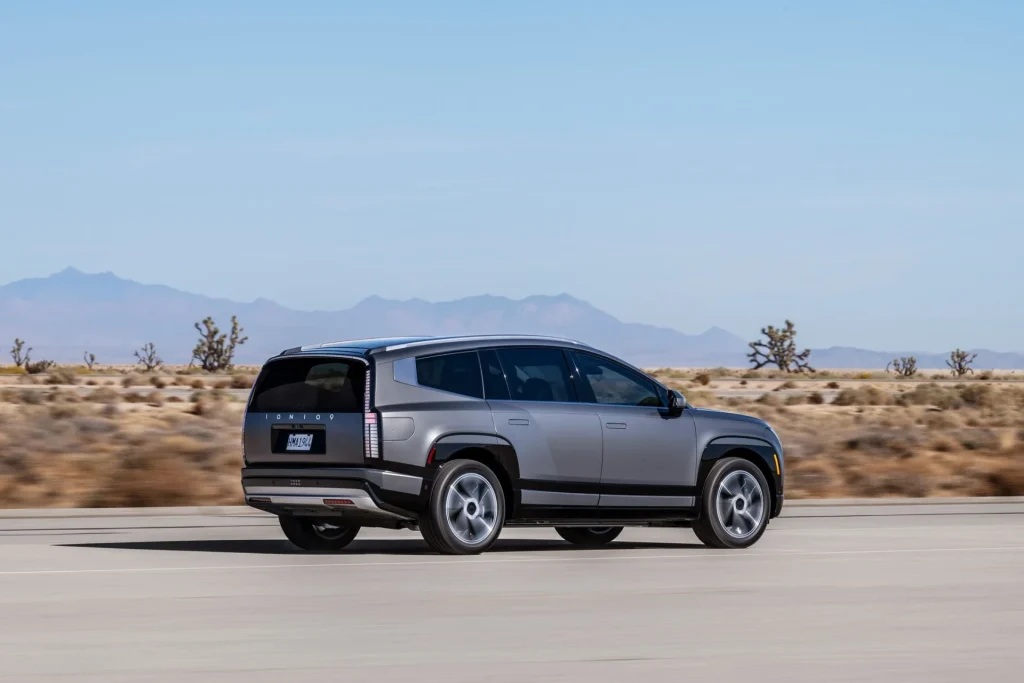
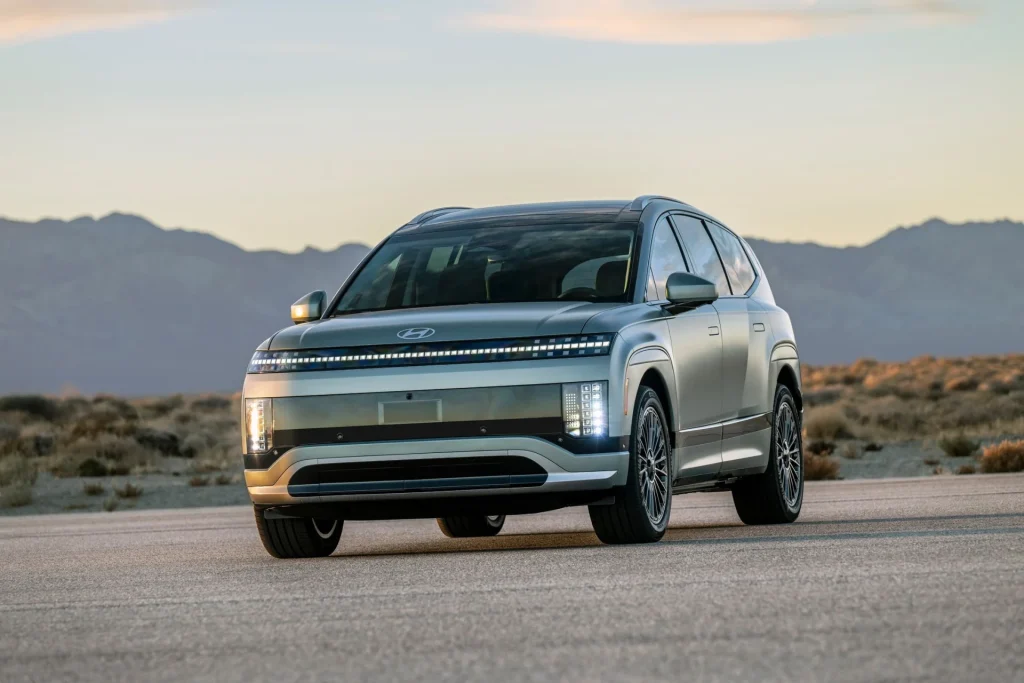
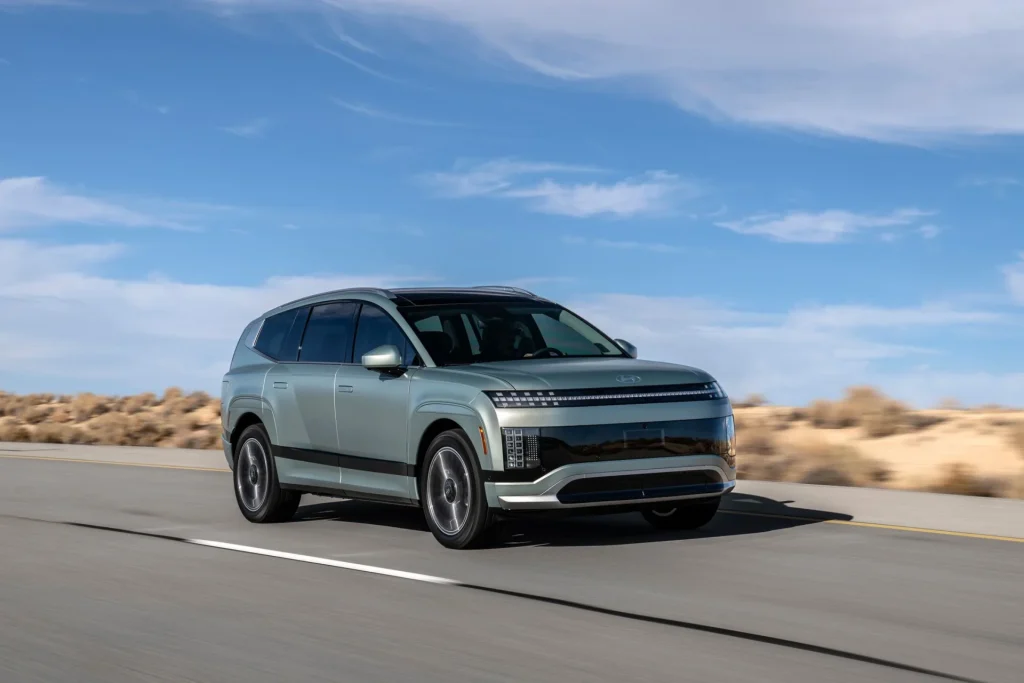
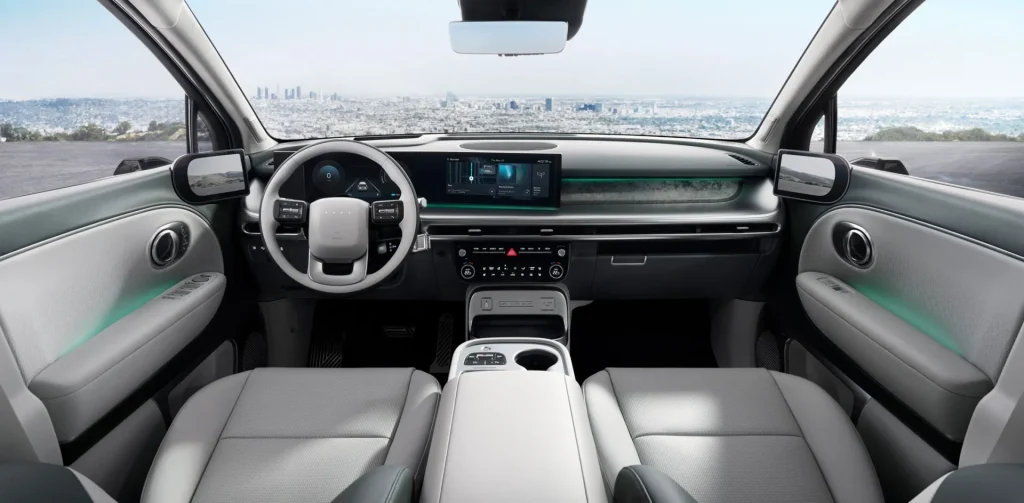
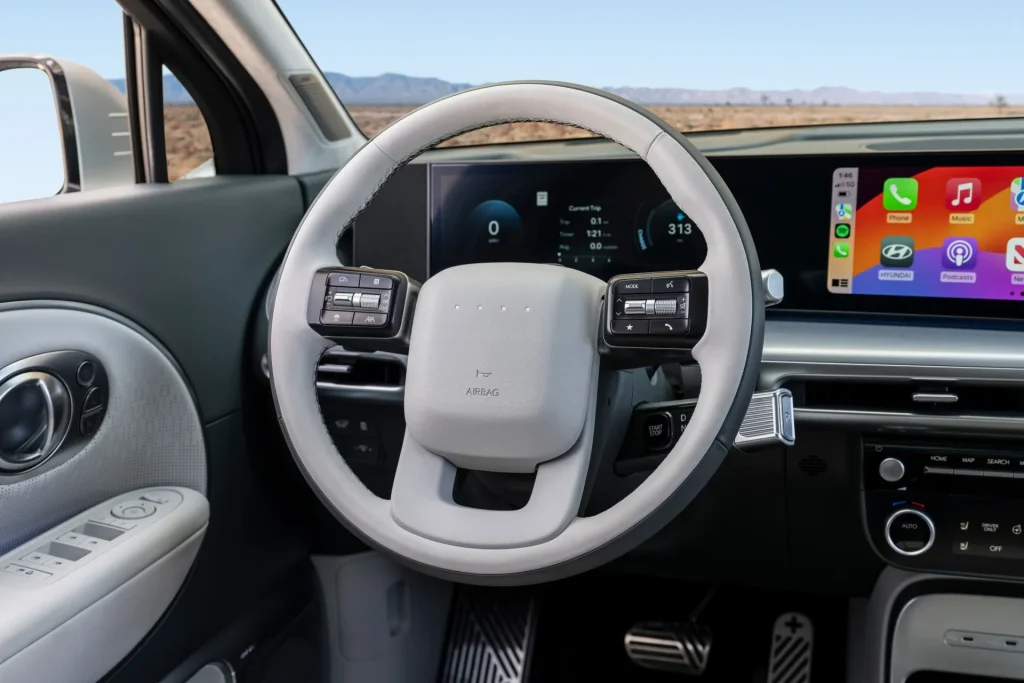
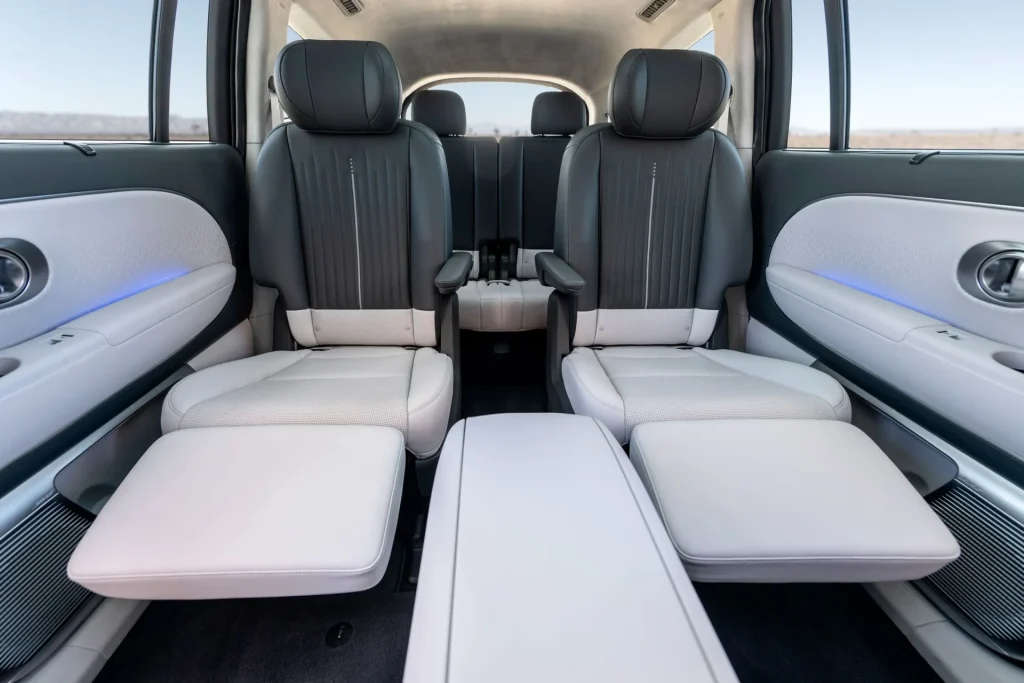
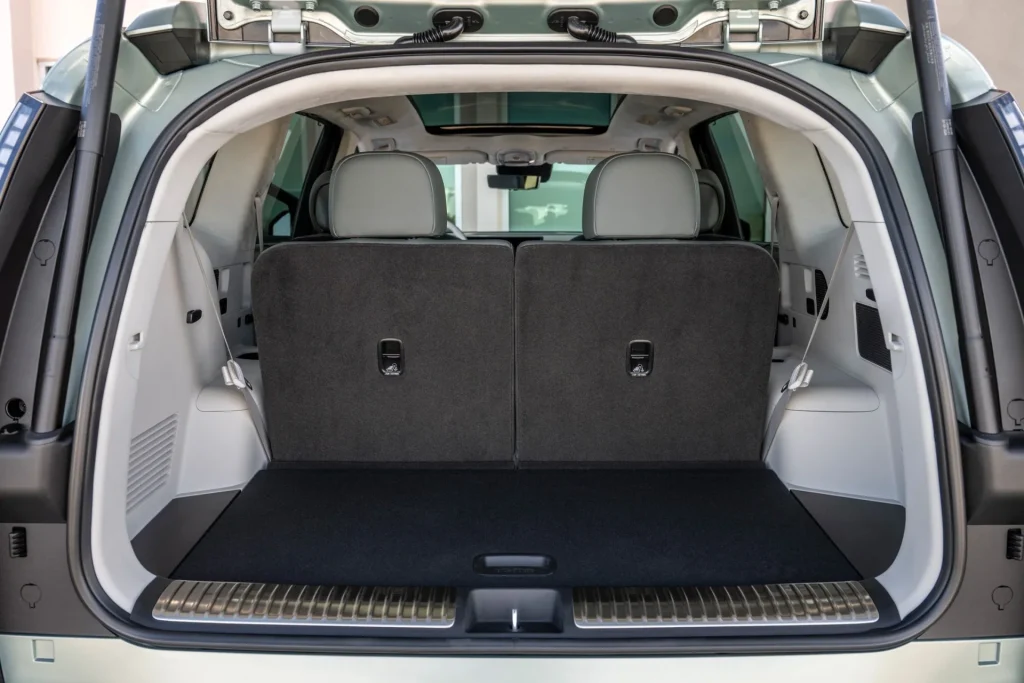
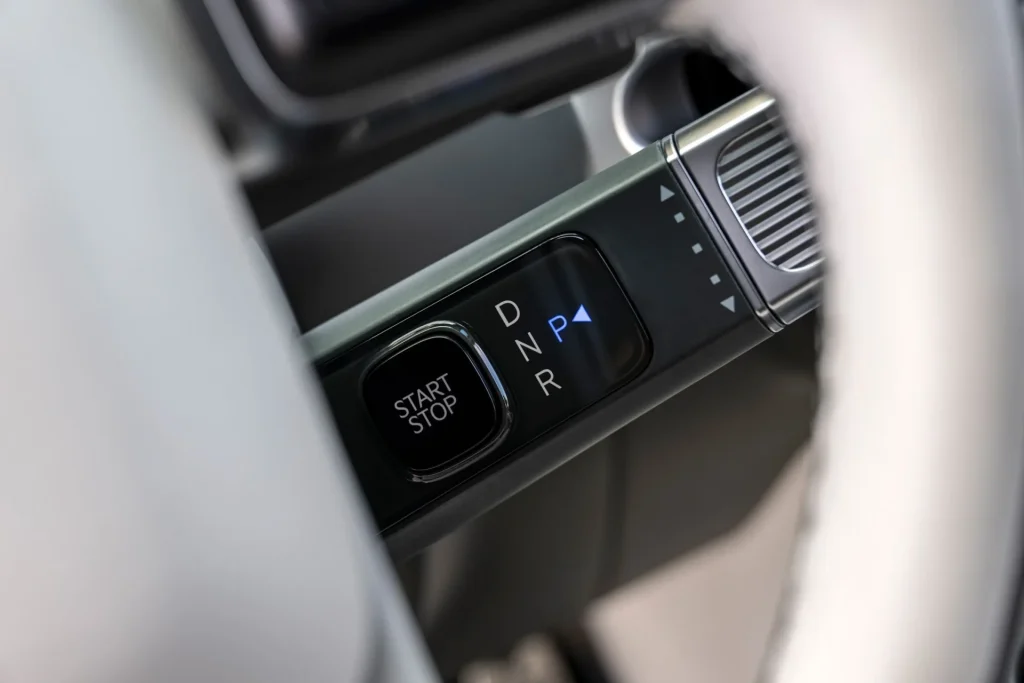
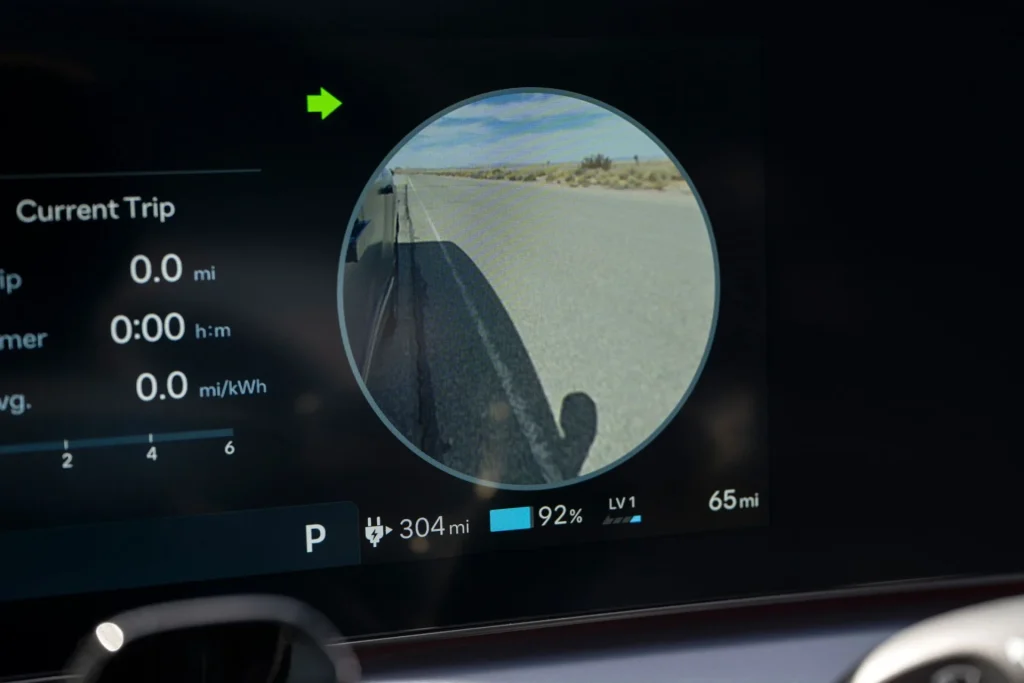
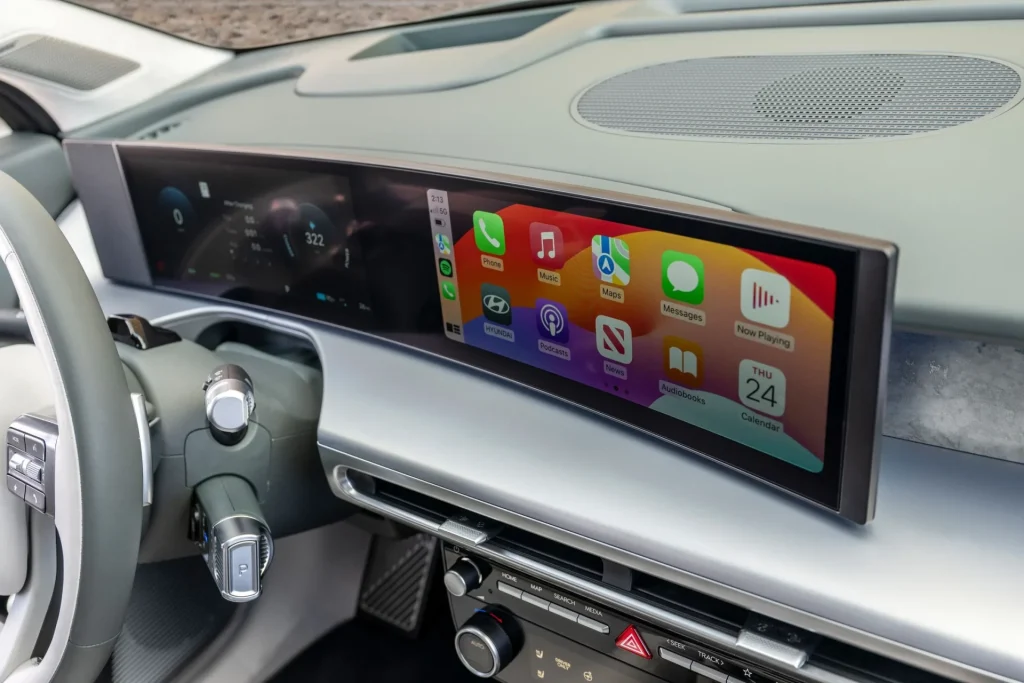
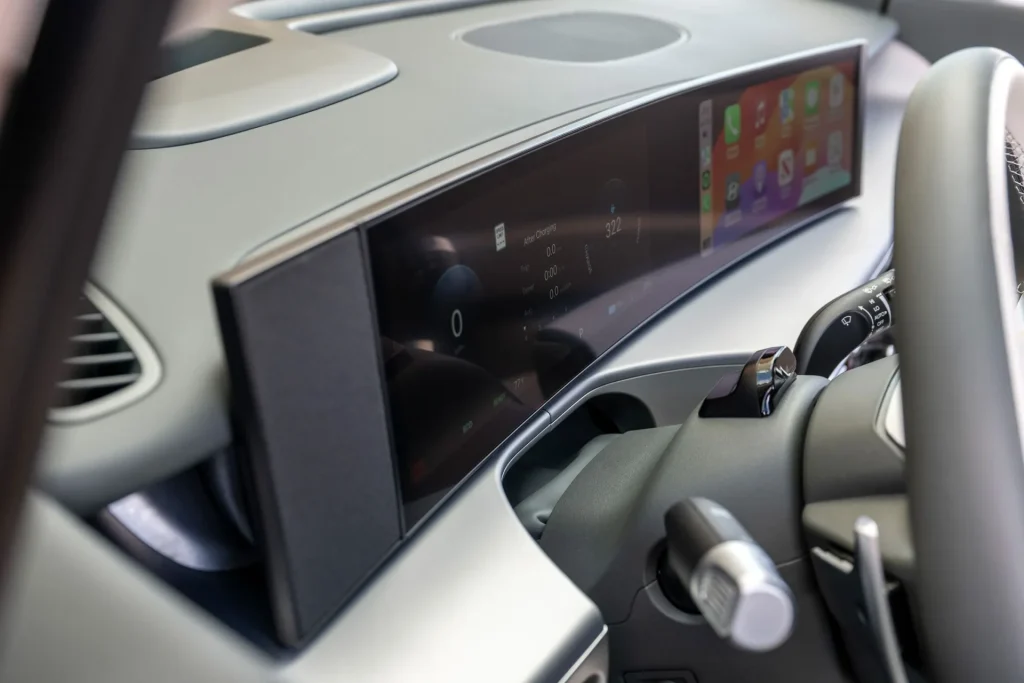
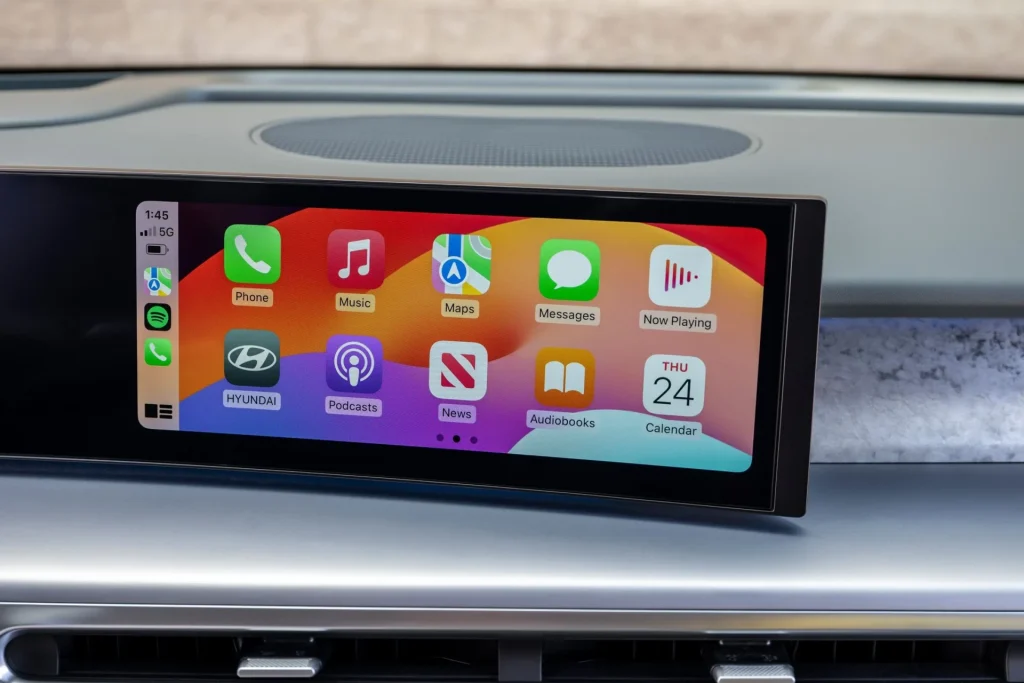
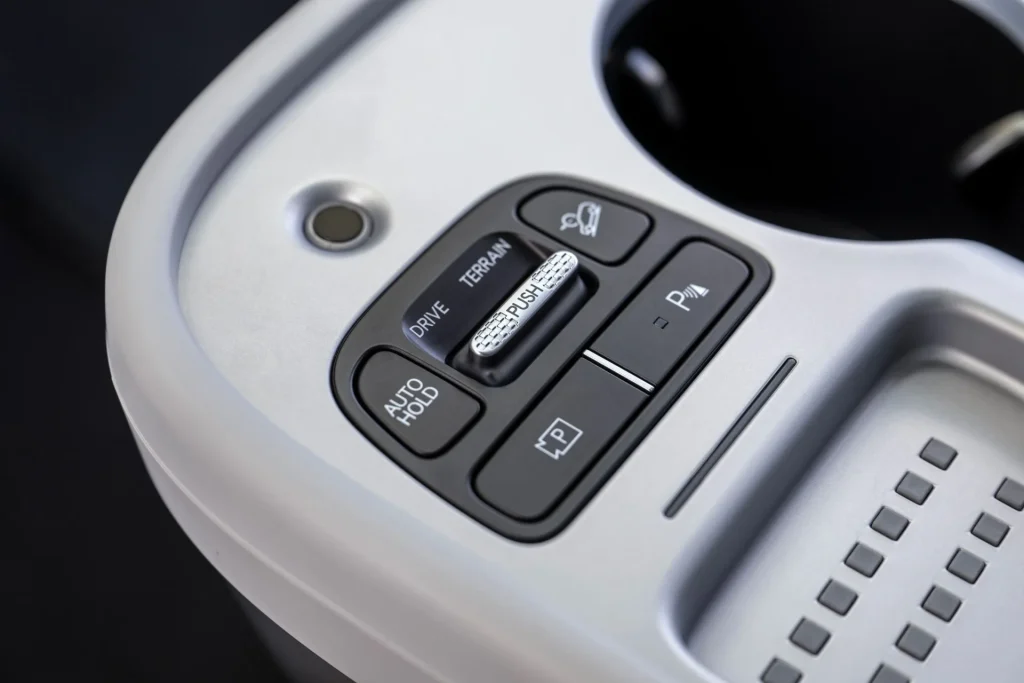
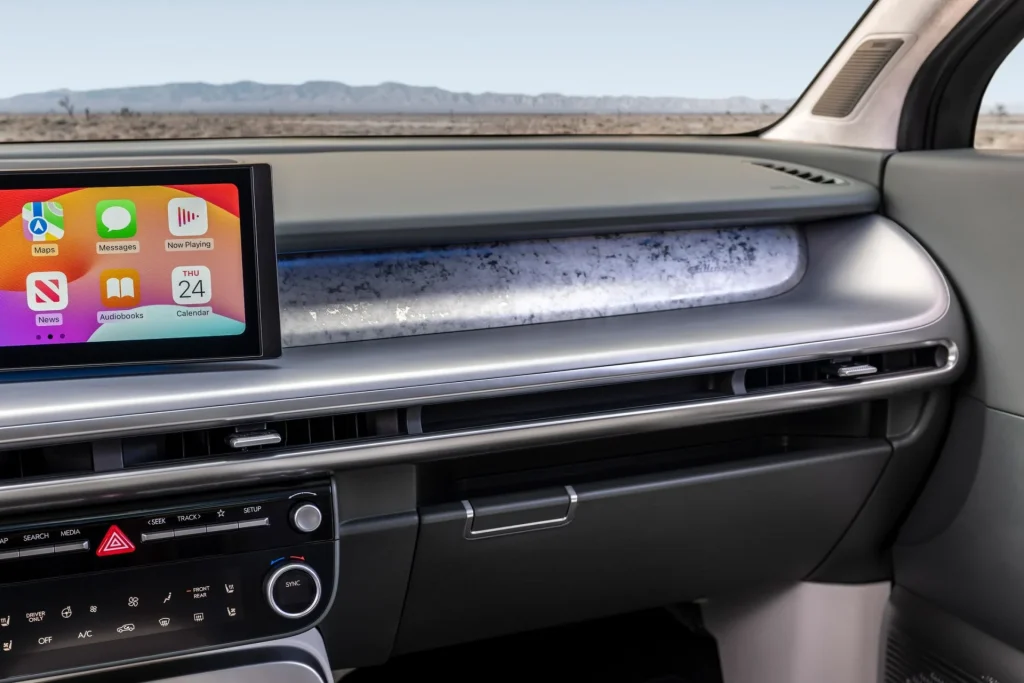
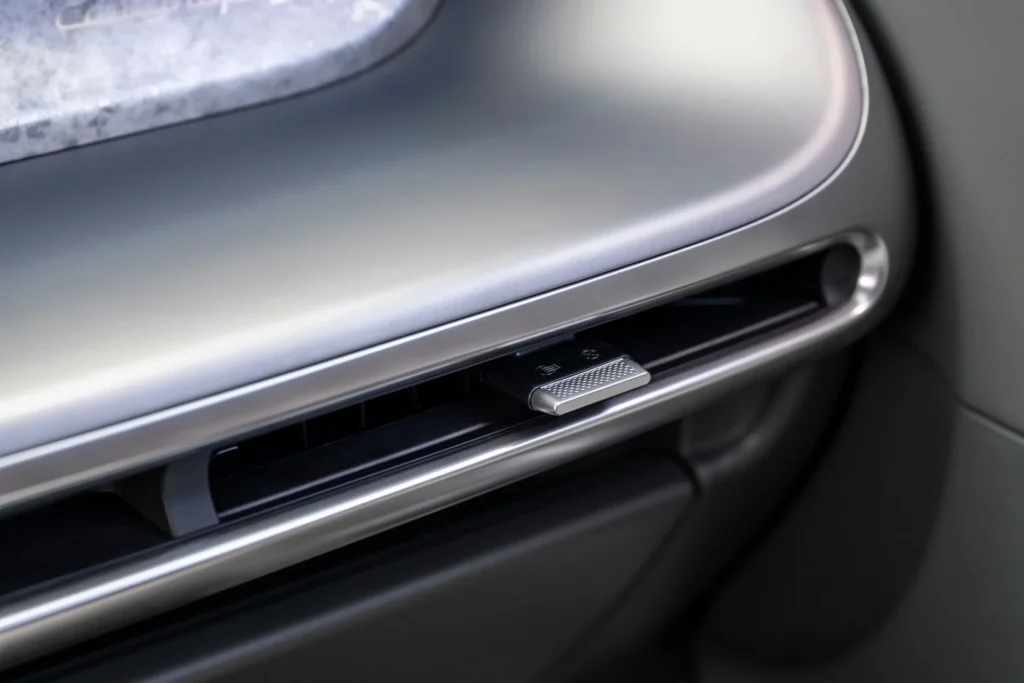
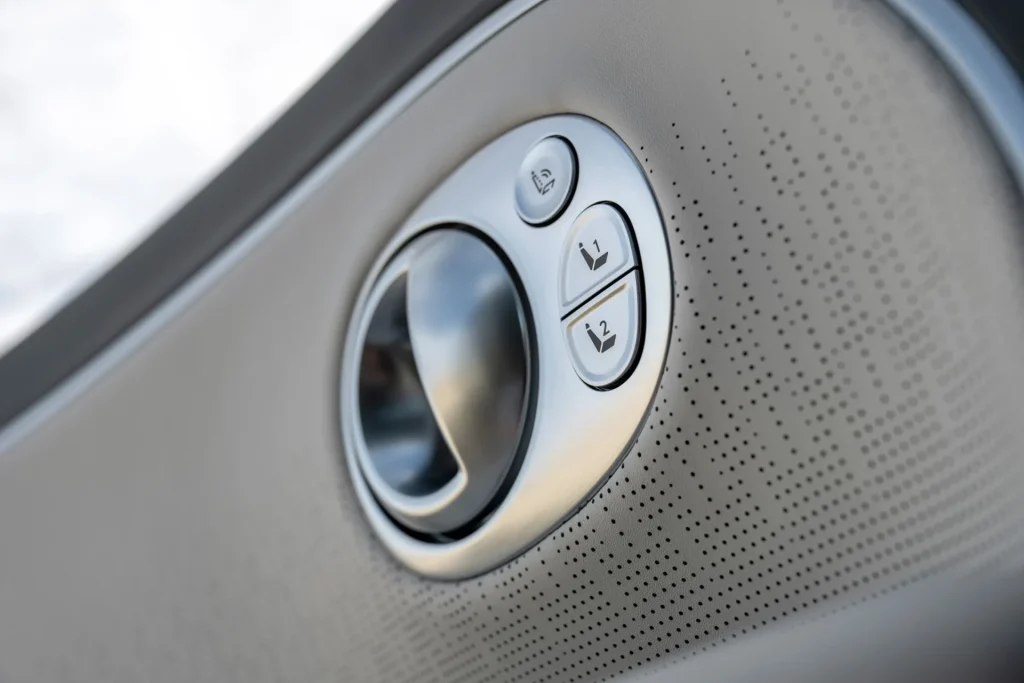
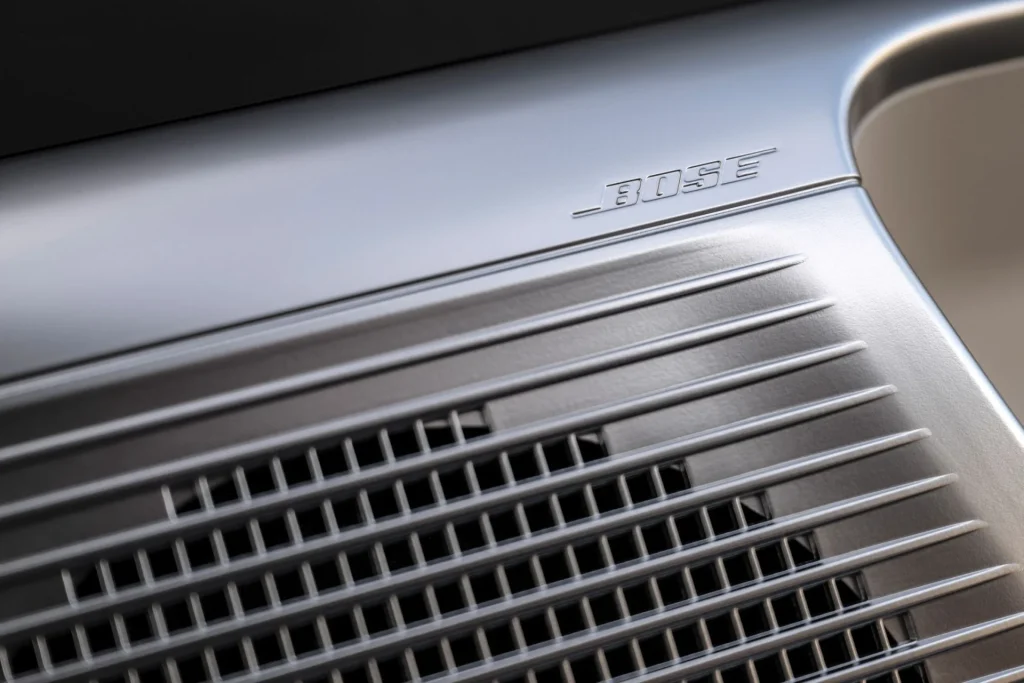
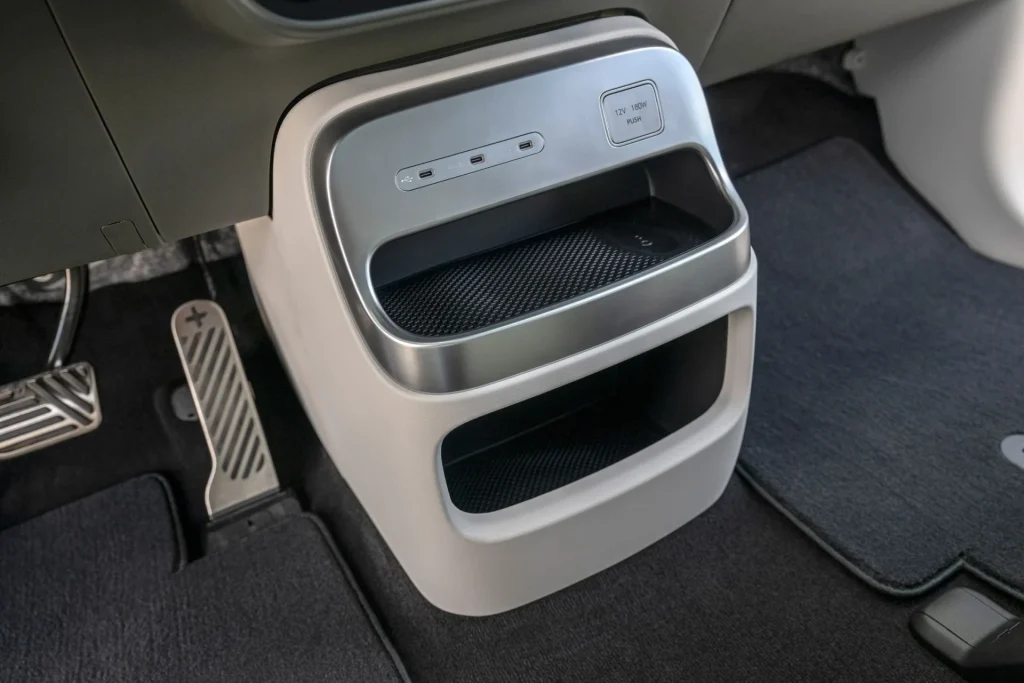
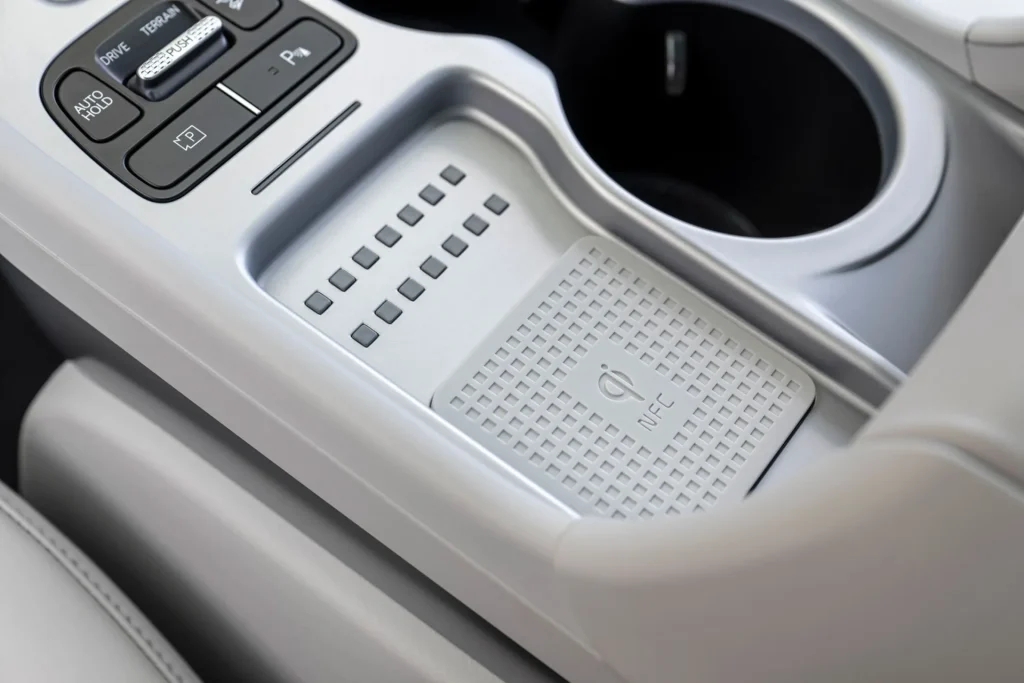
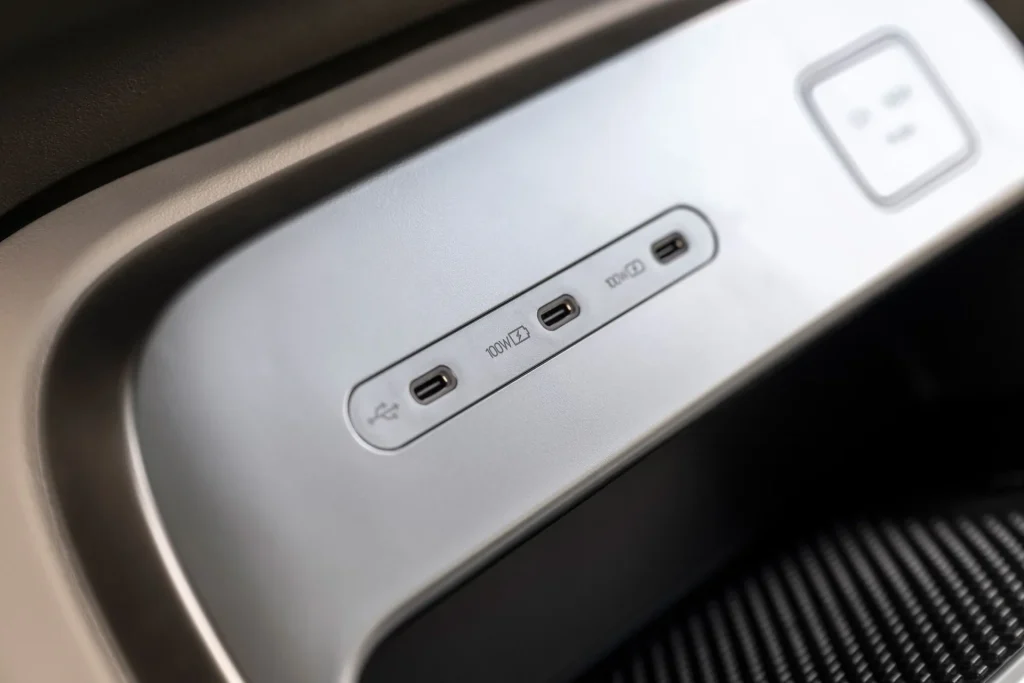

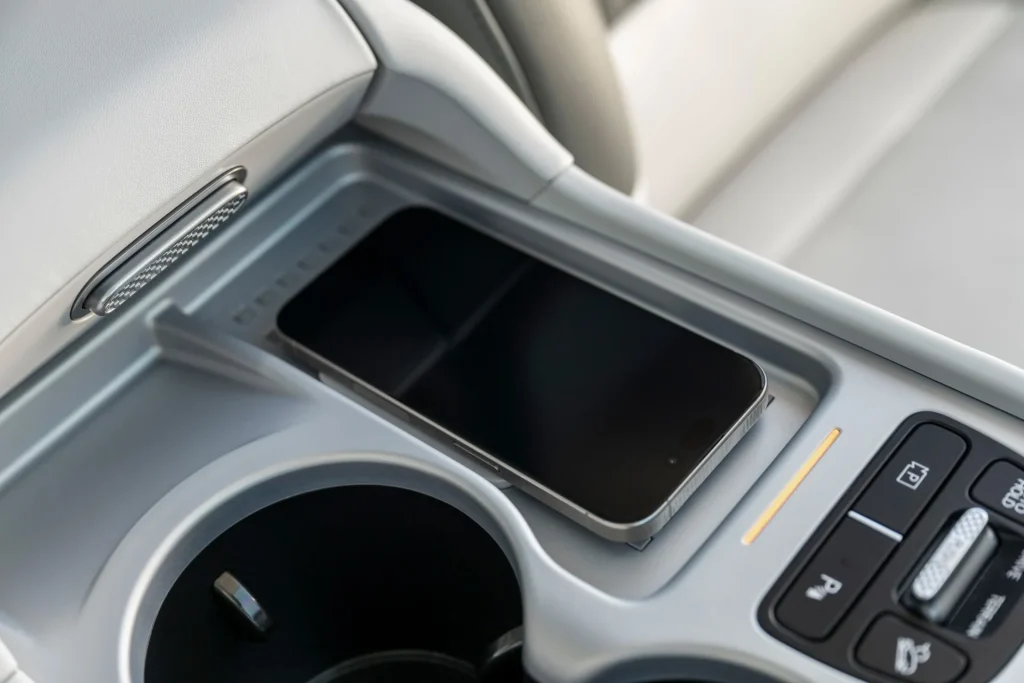
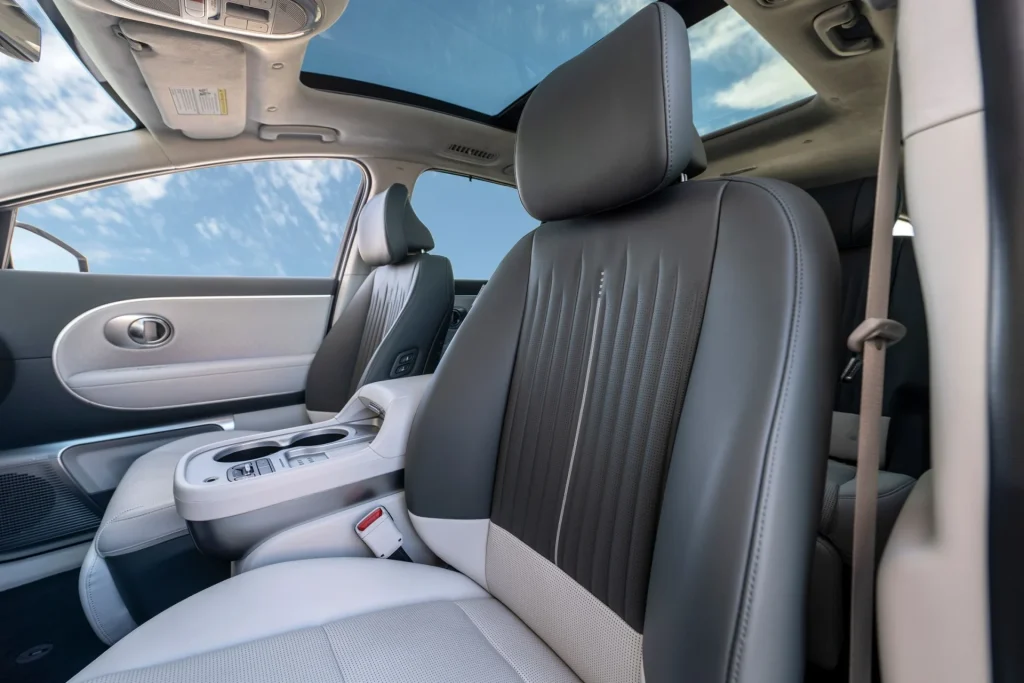
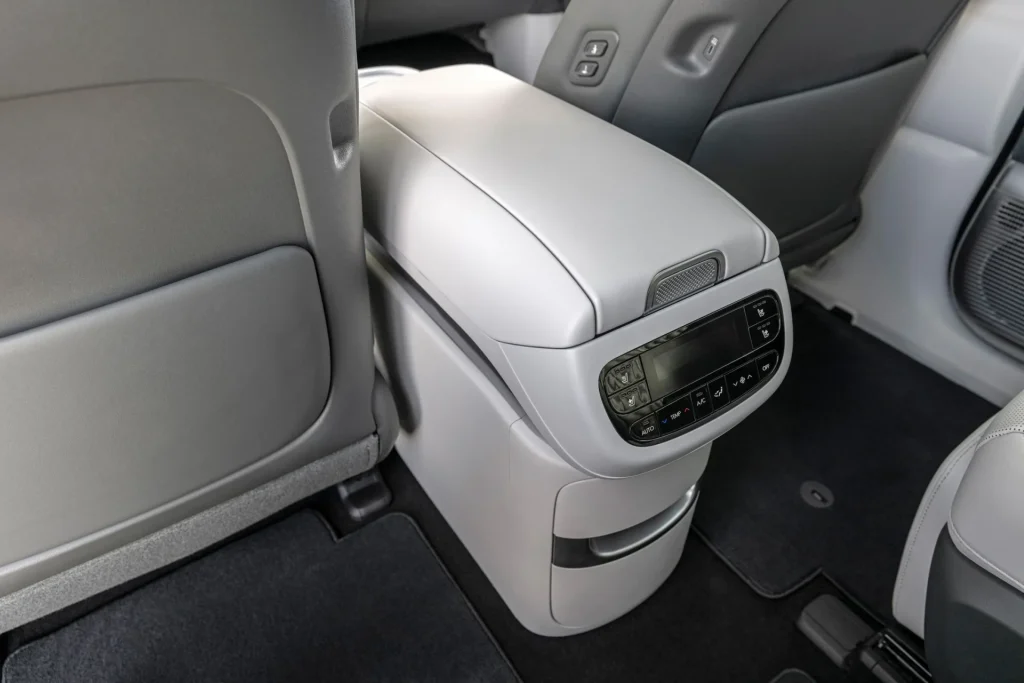
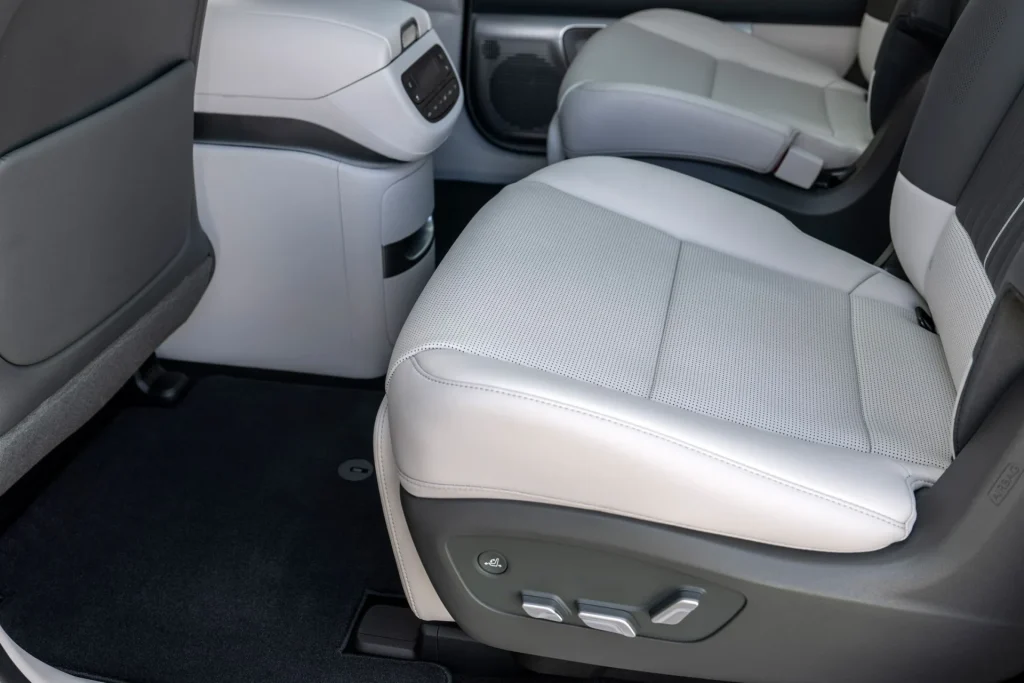
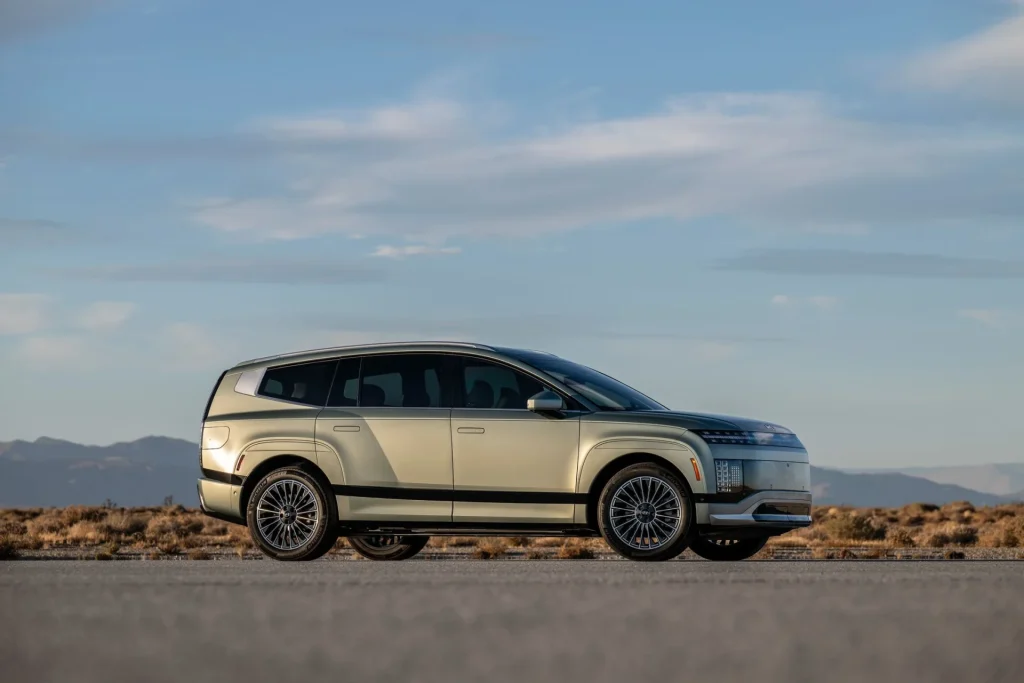
Author: Fabio Isidoro
Founder and editor-in-chief of Canal Carro, he dedicates himself to exploring the automotive universe with depth and passion. A car and technology enthusiast, he produces technical content and in-depth analyses of national and international vehicles, combining quality information with a critical eye for the public.

